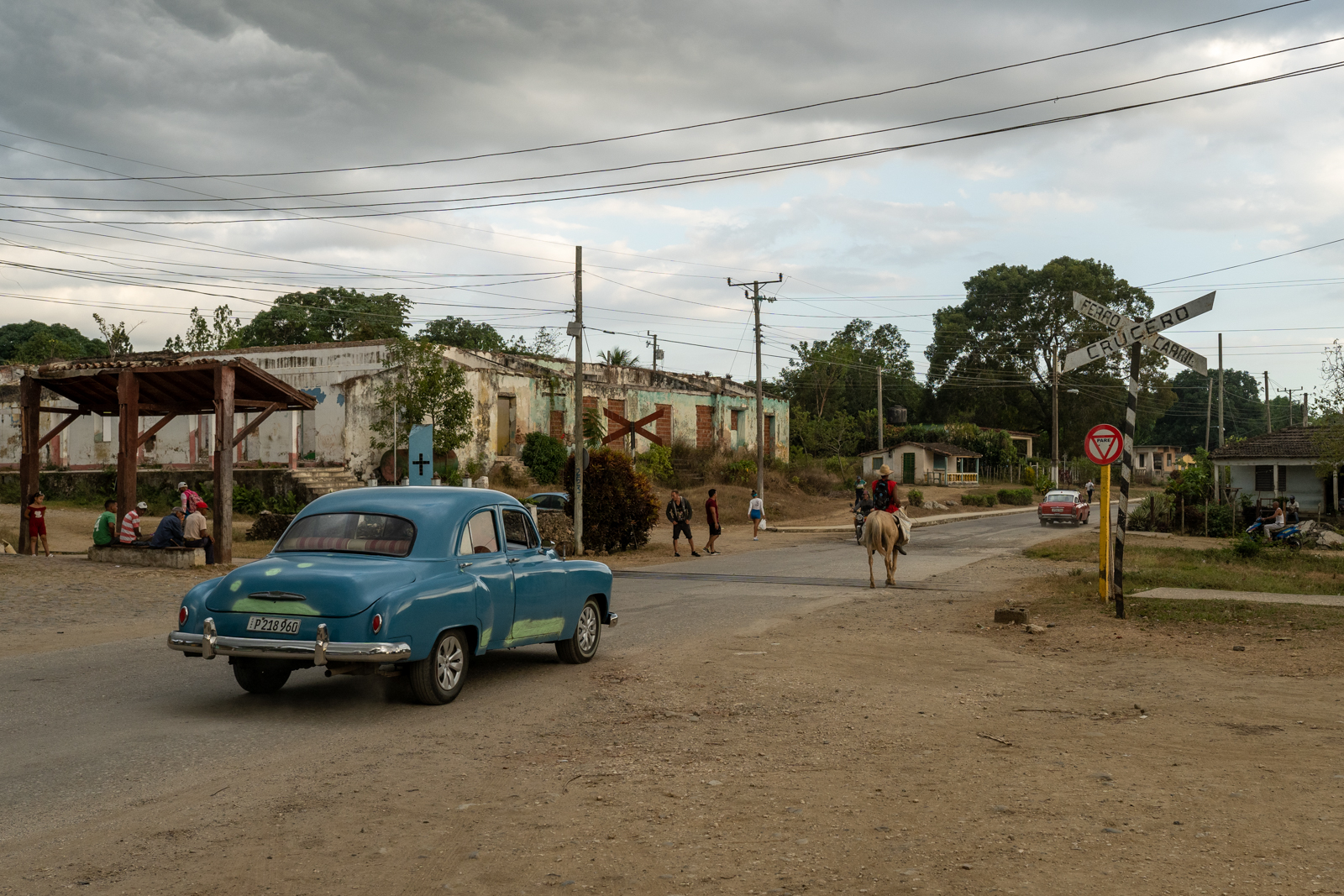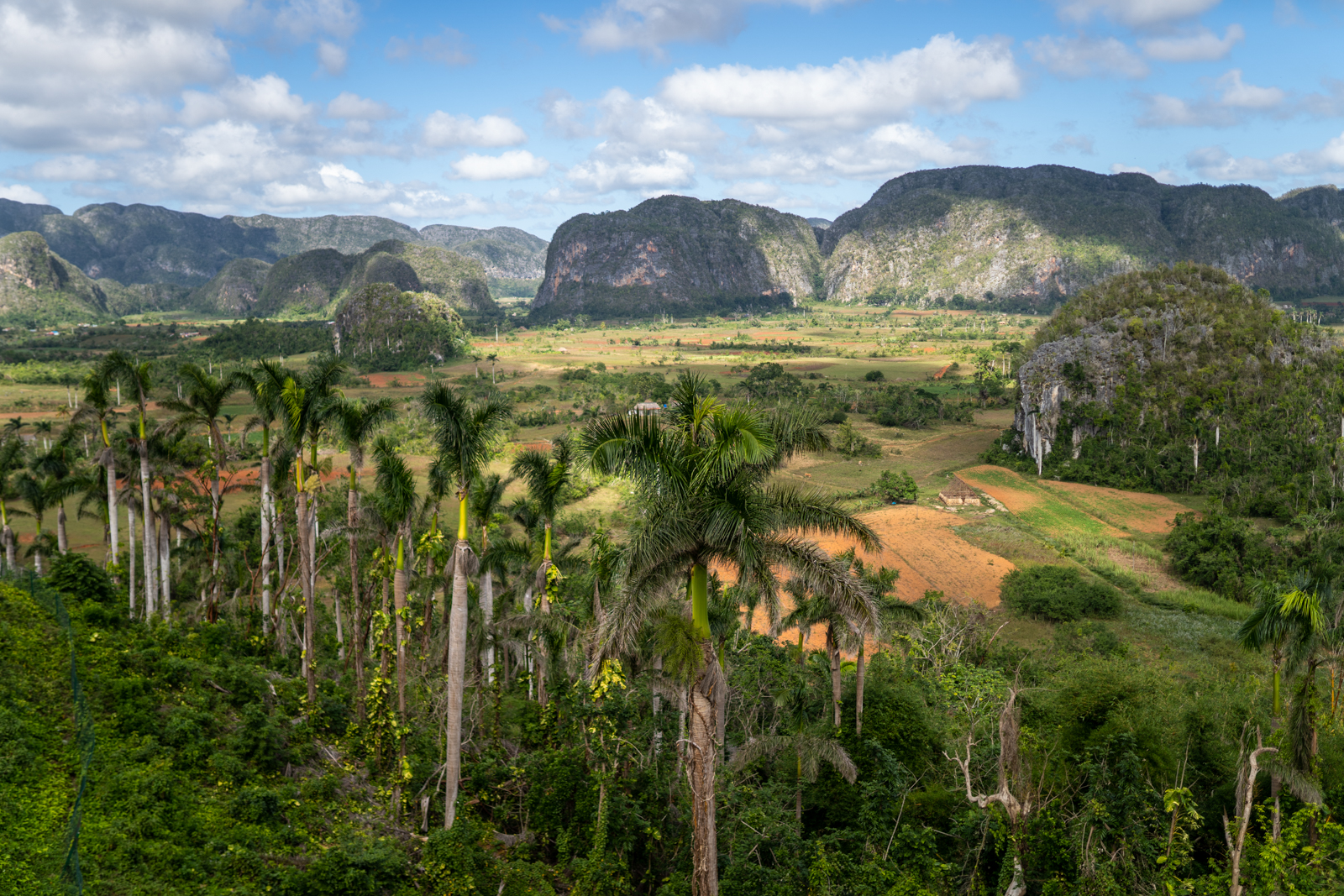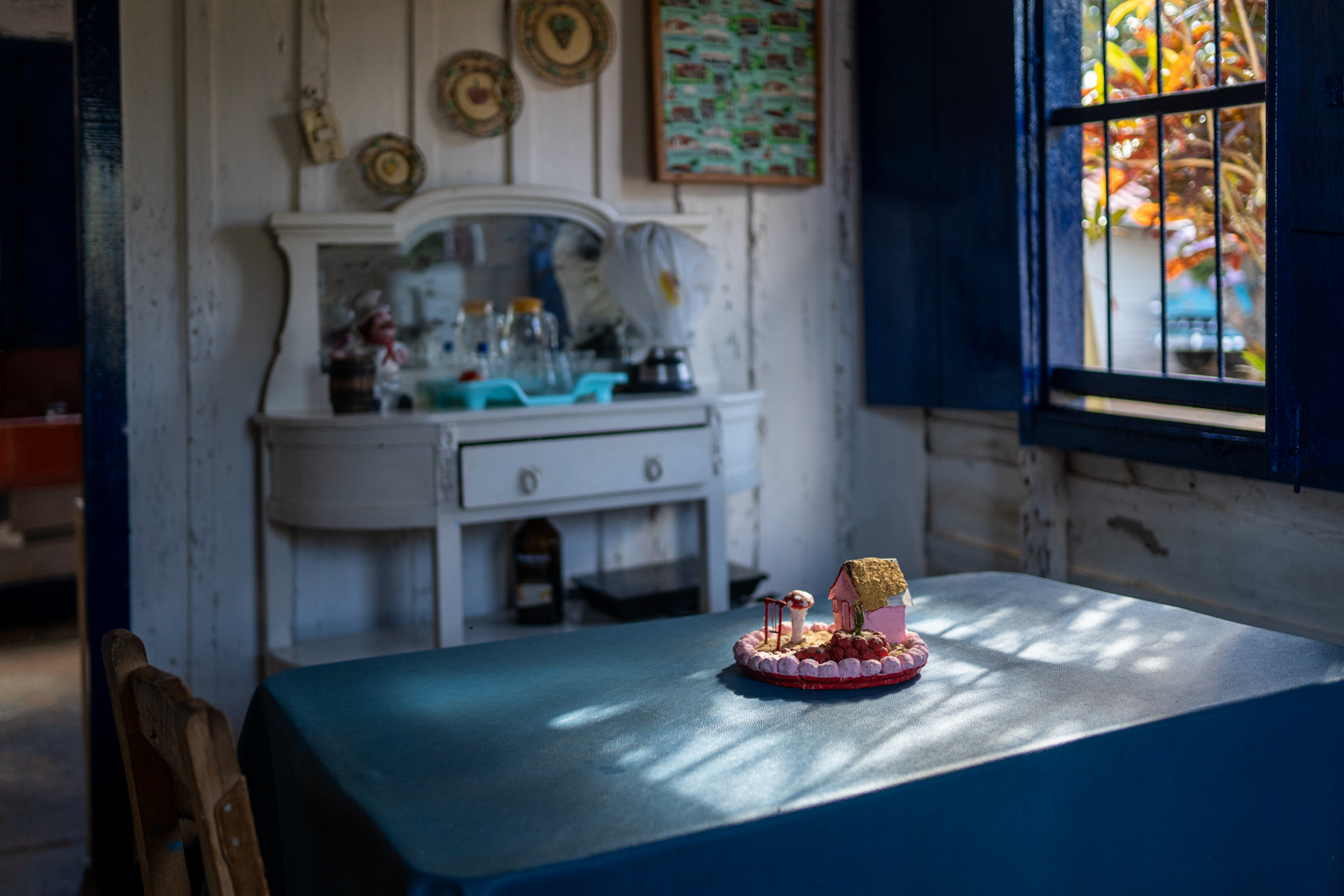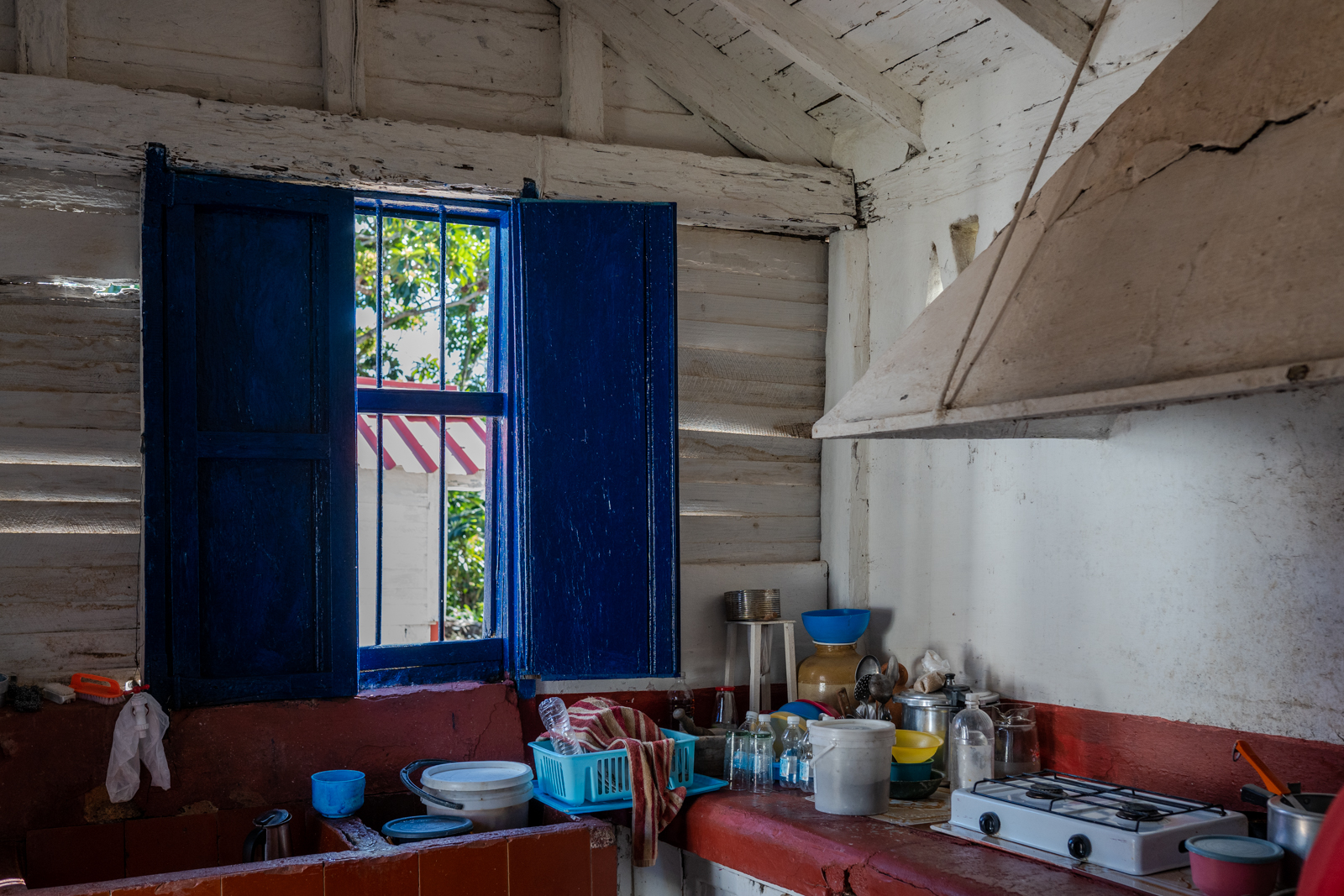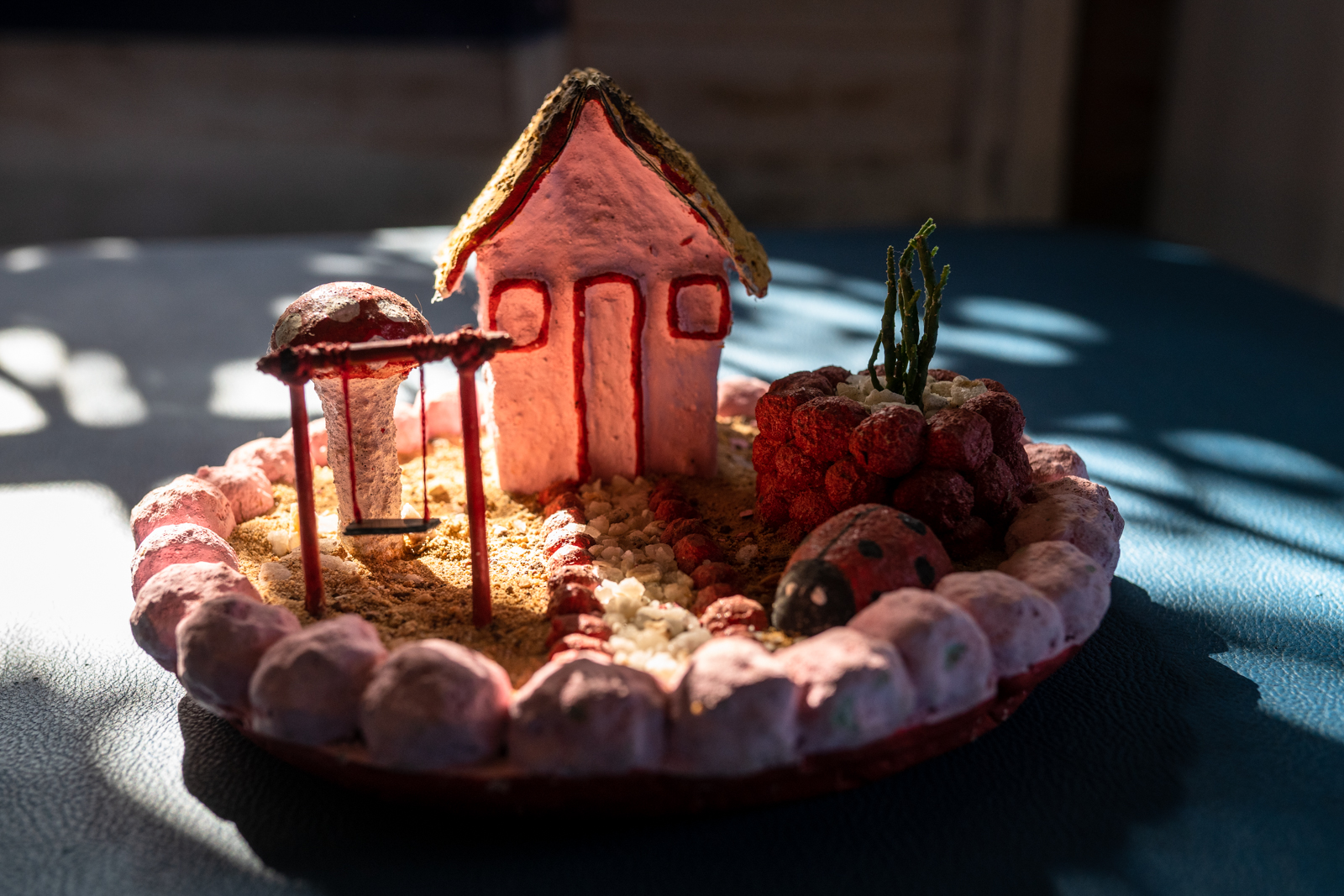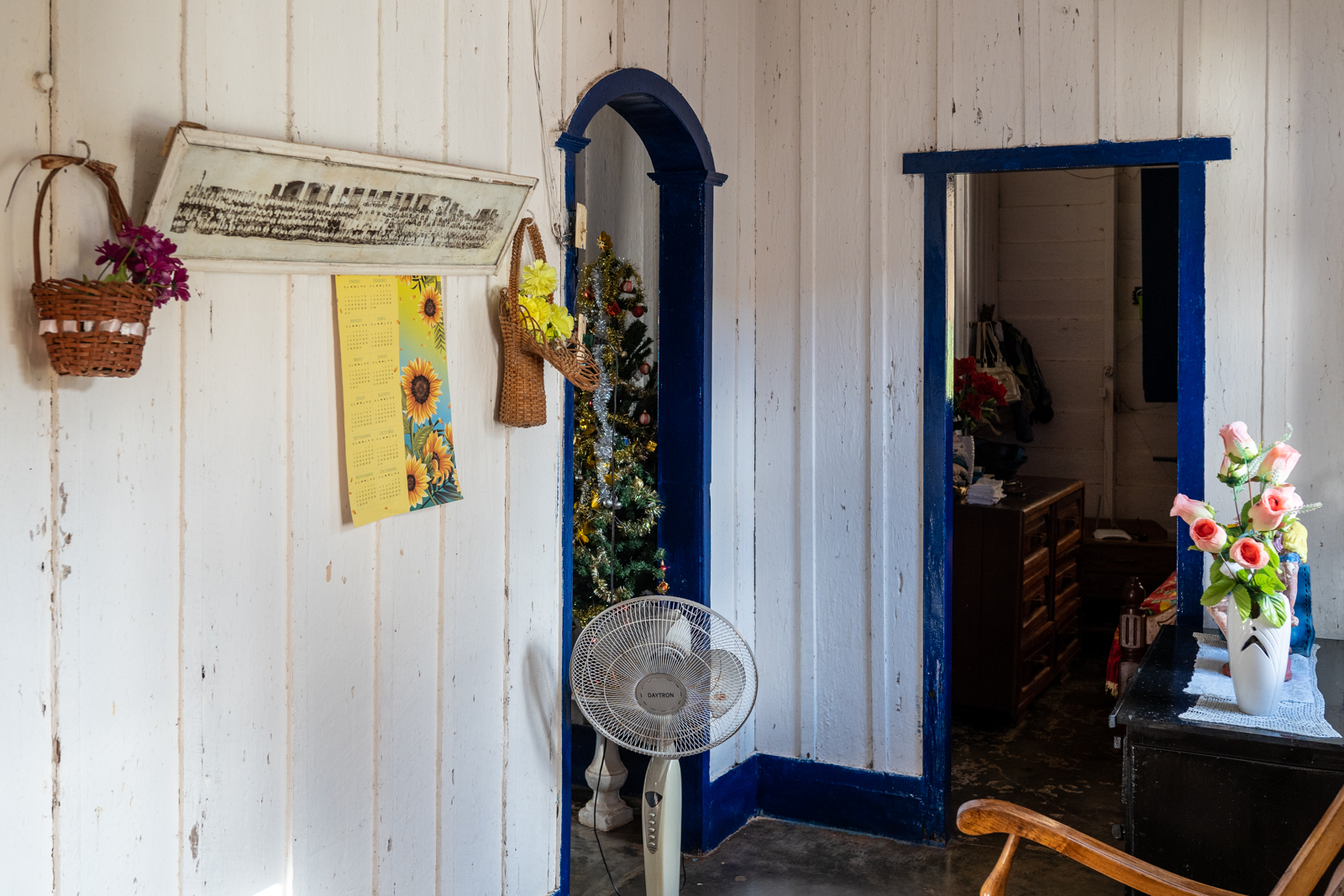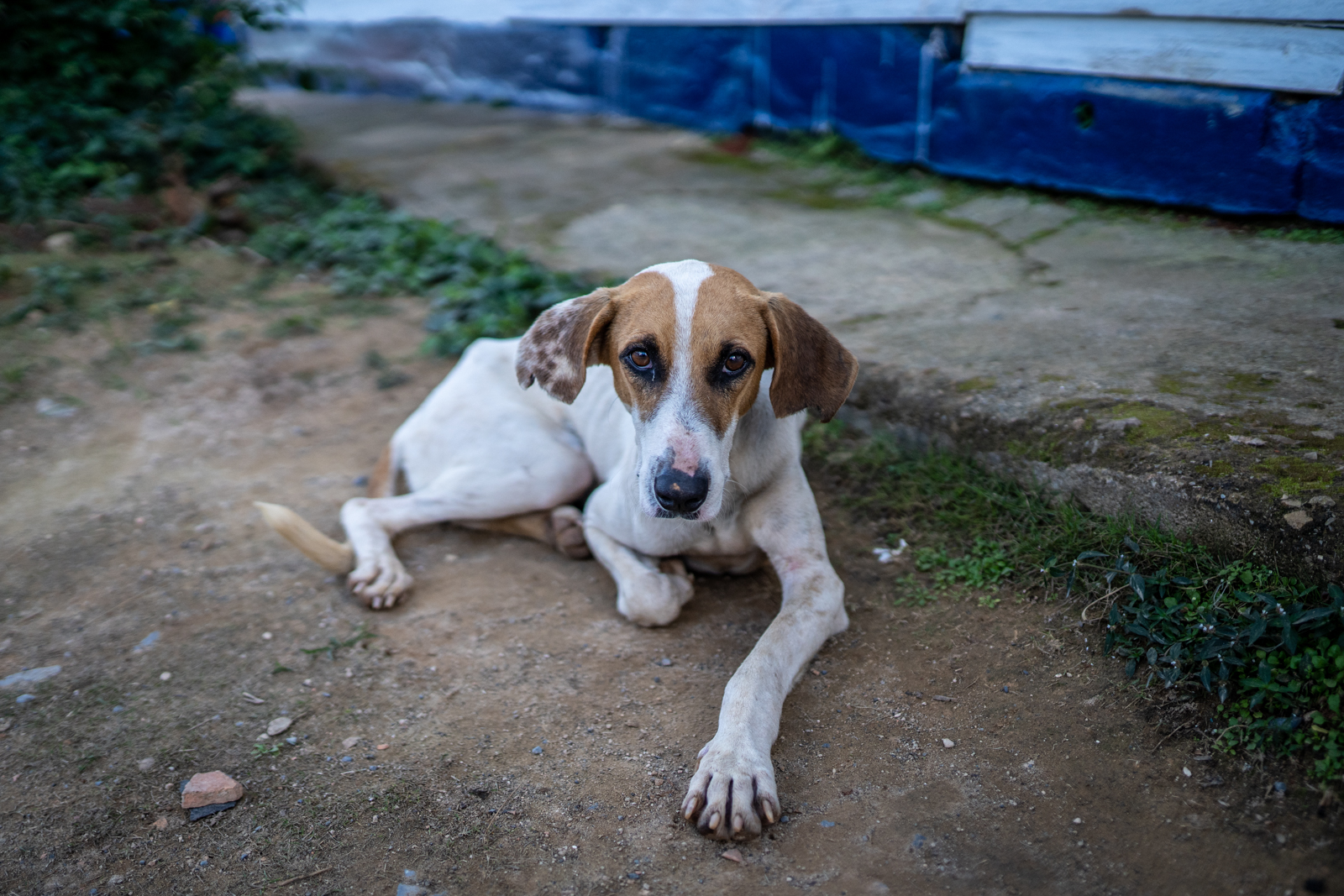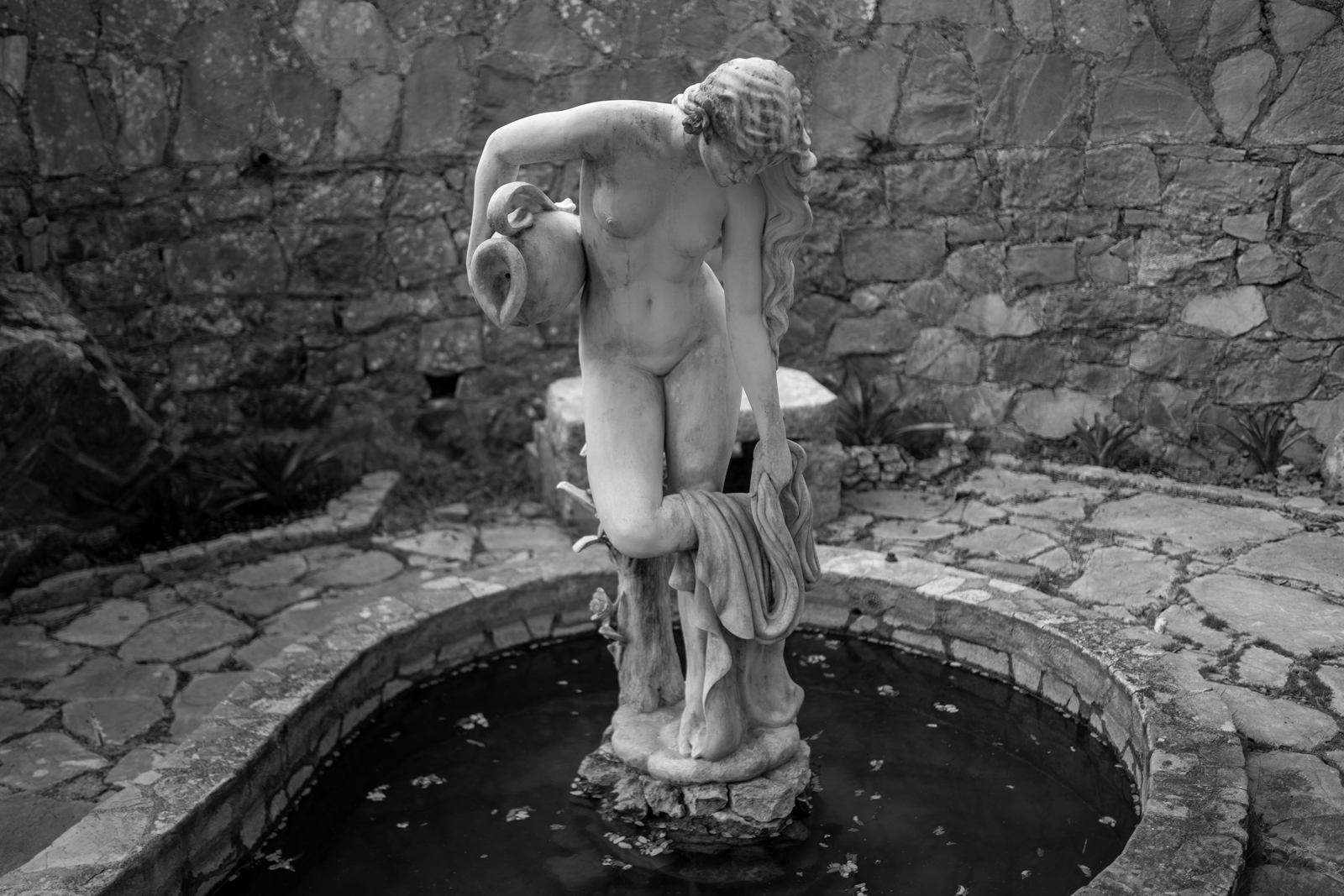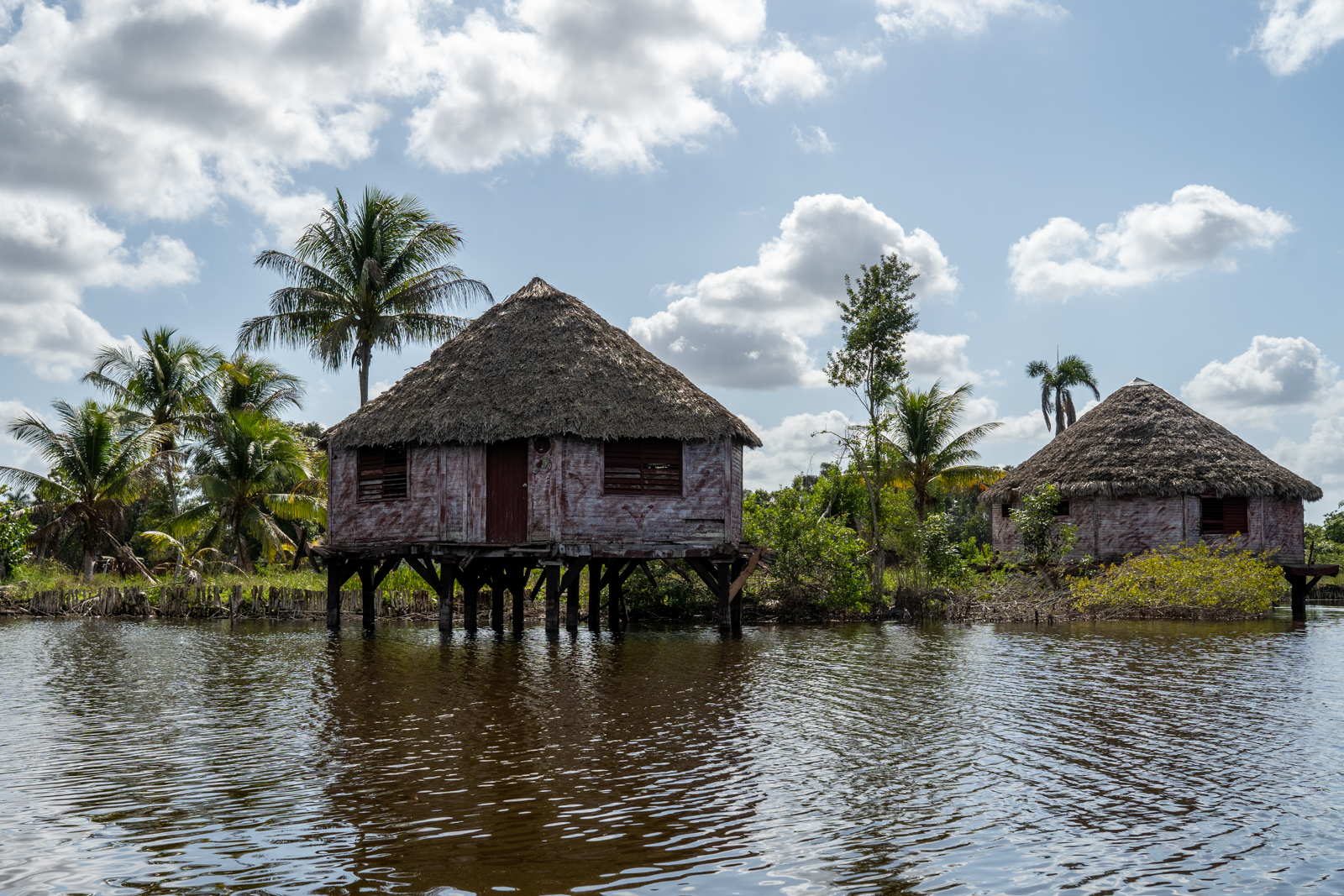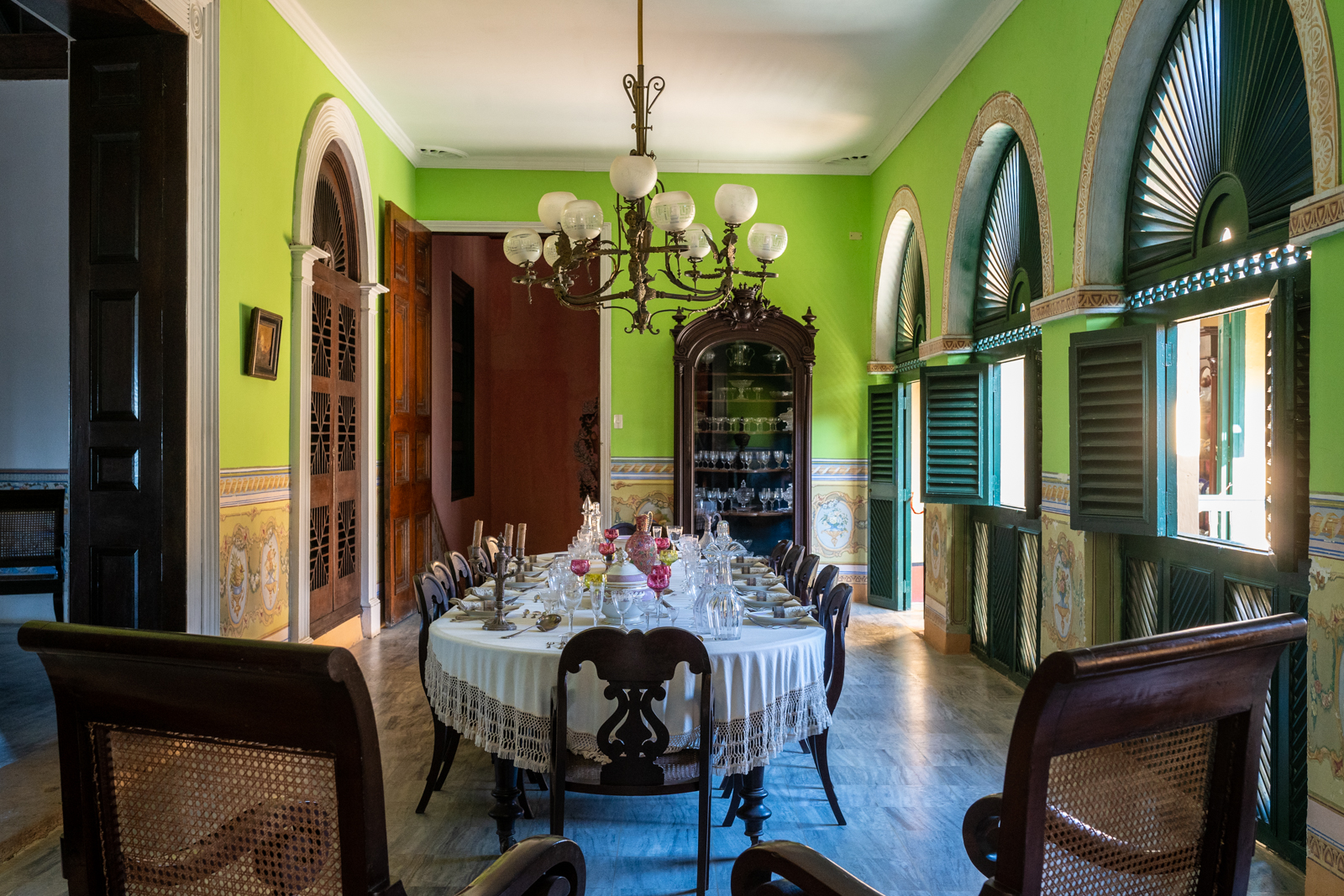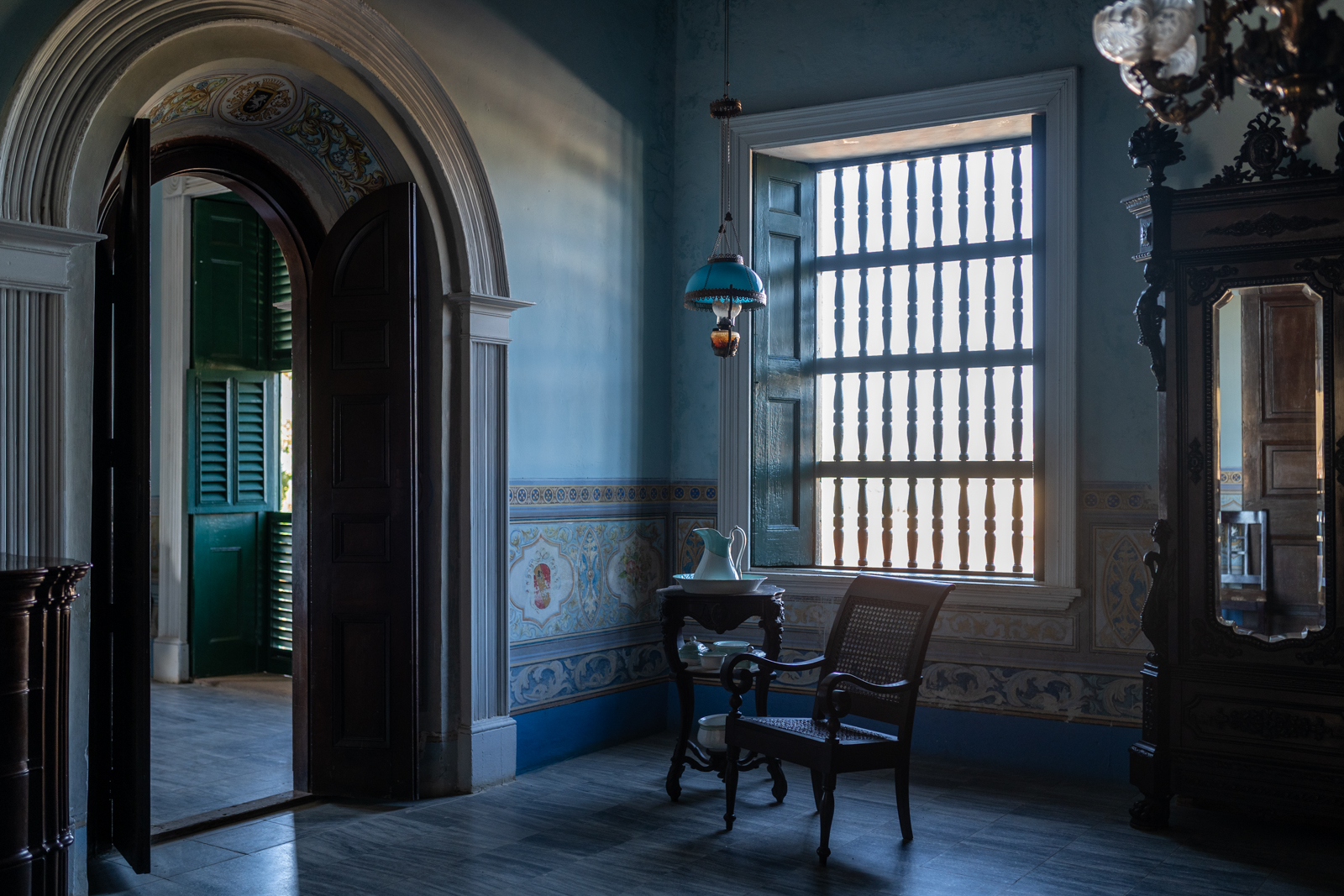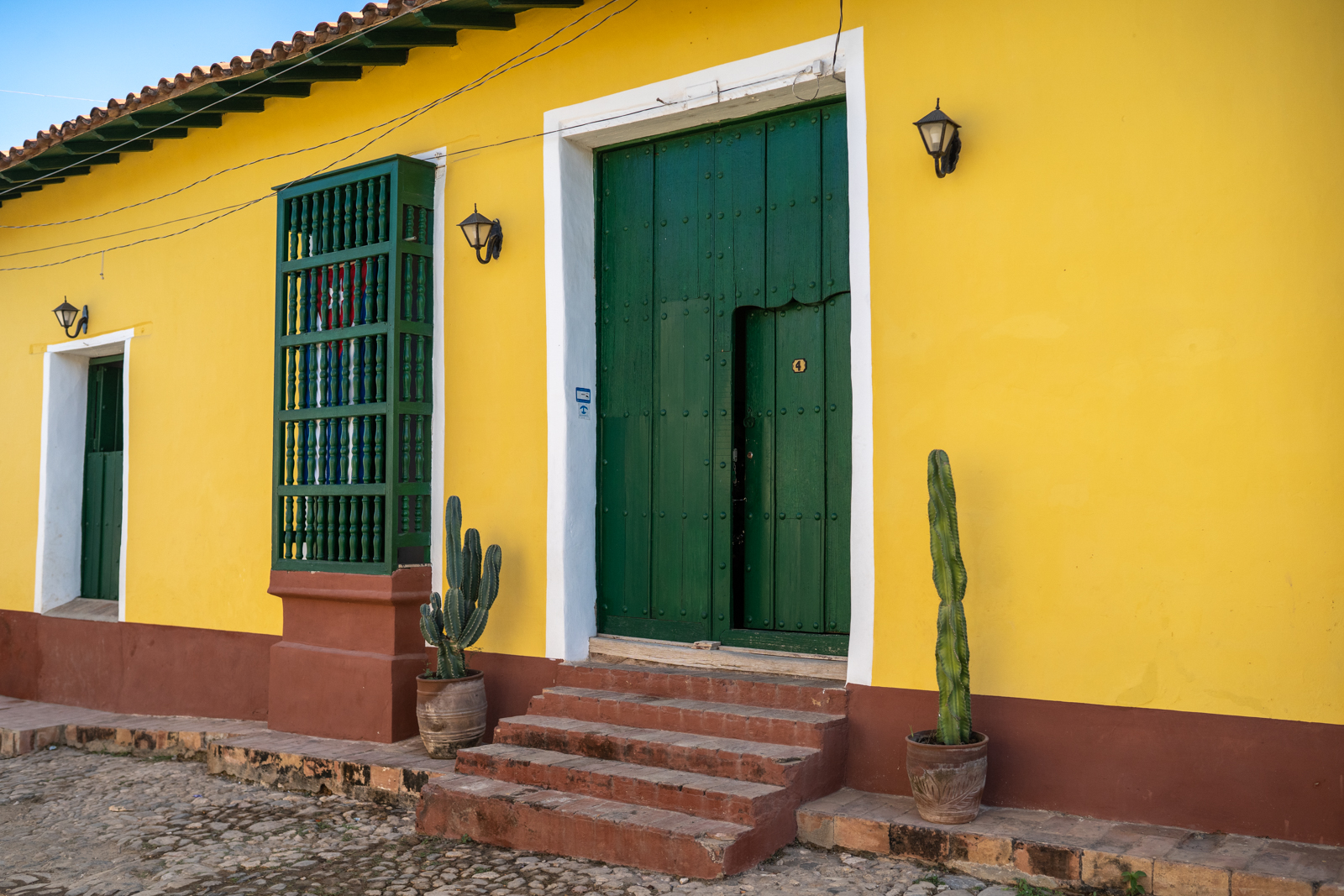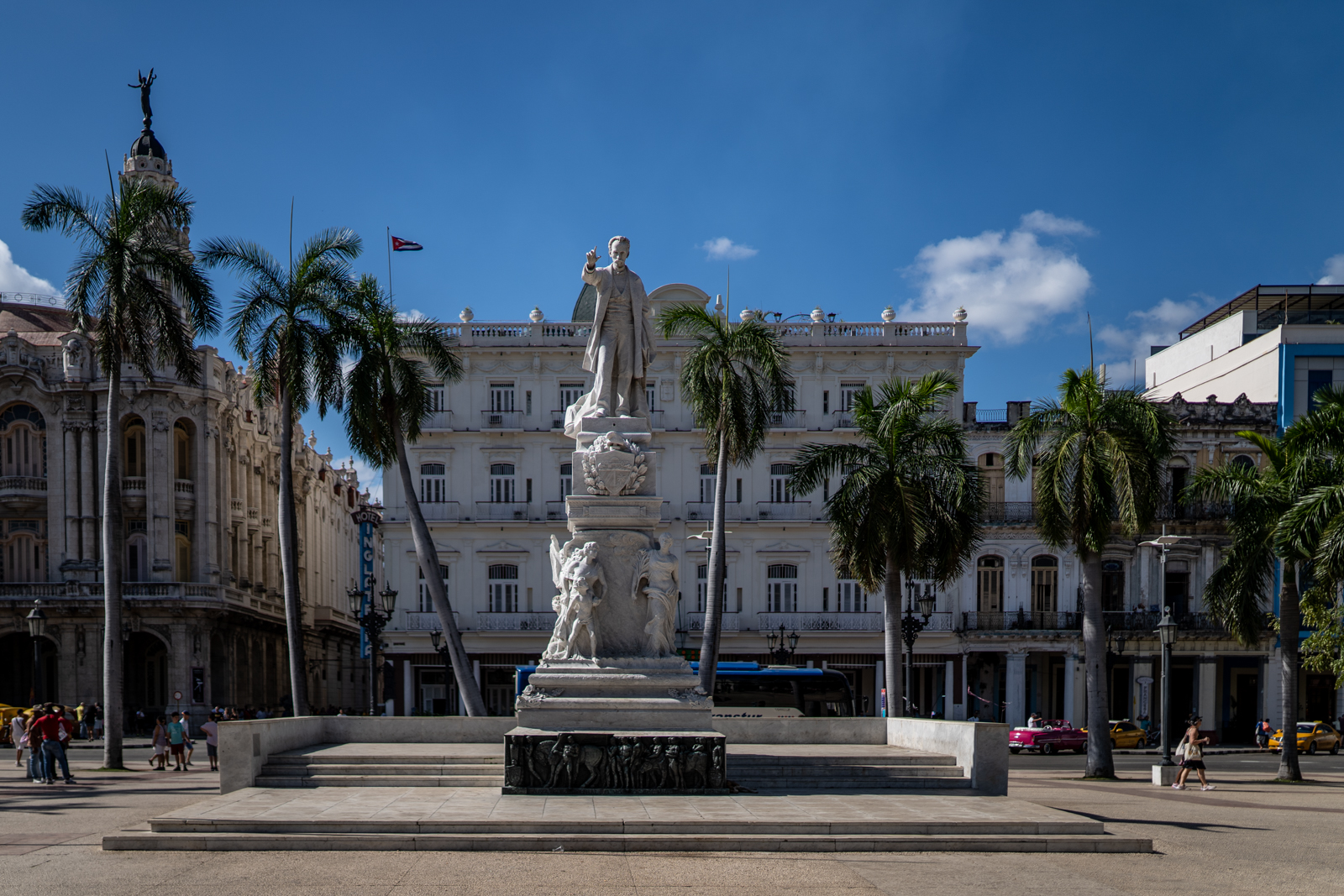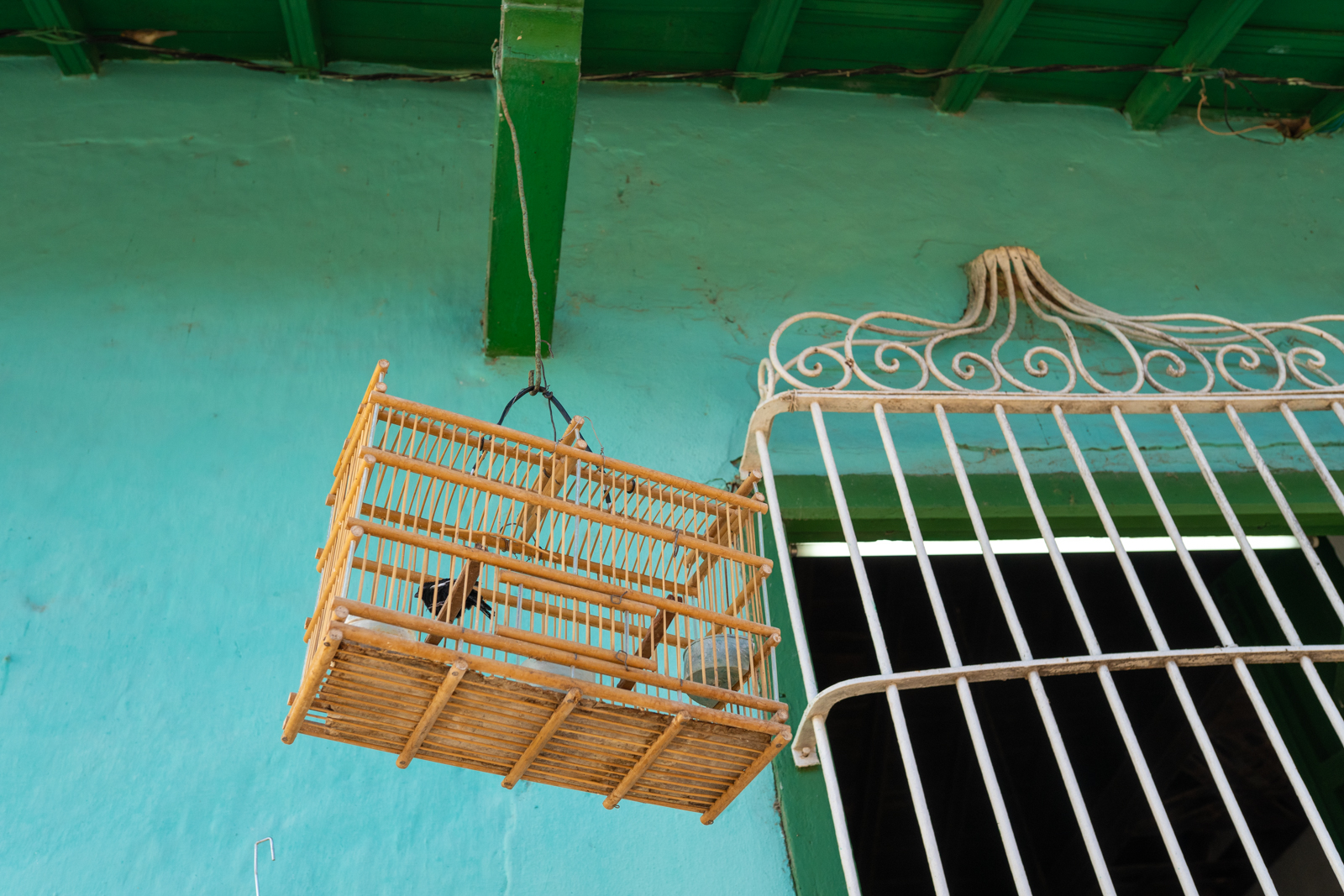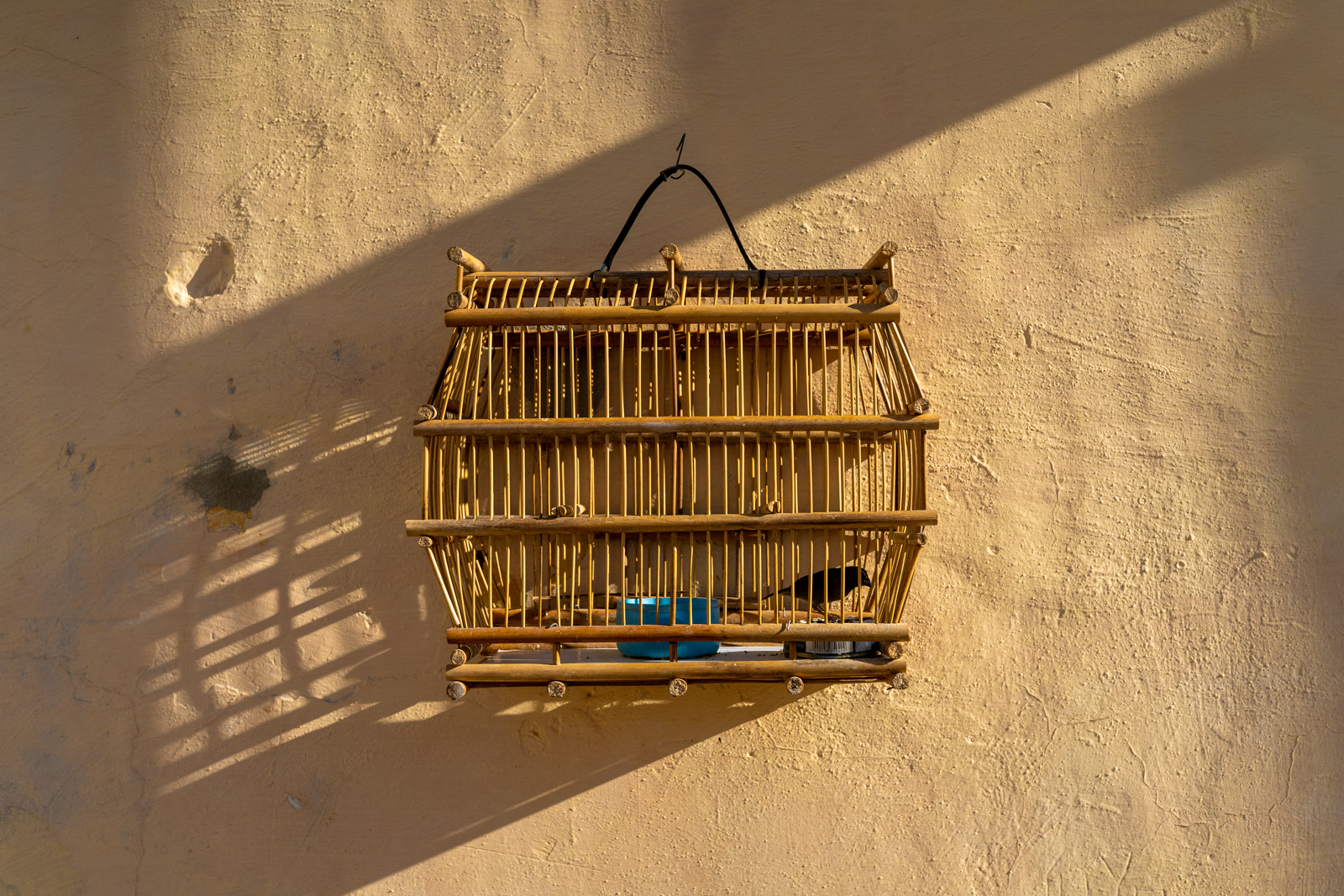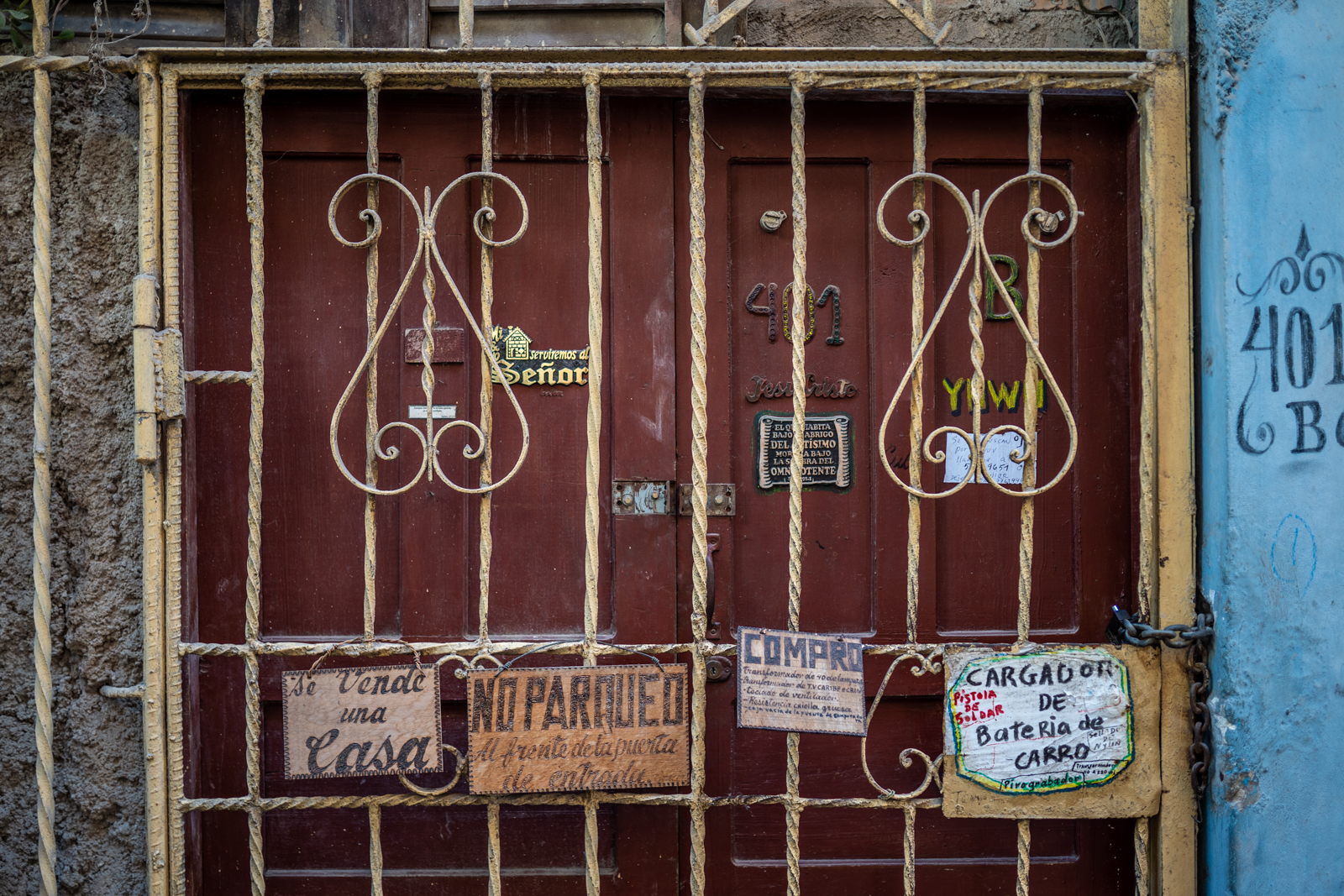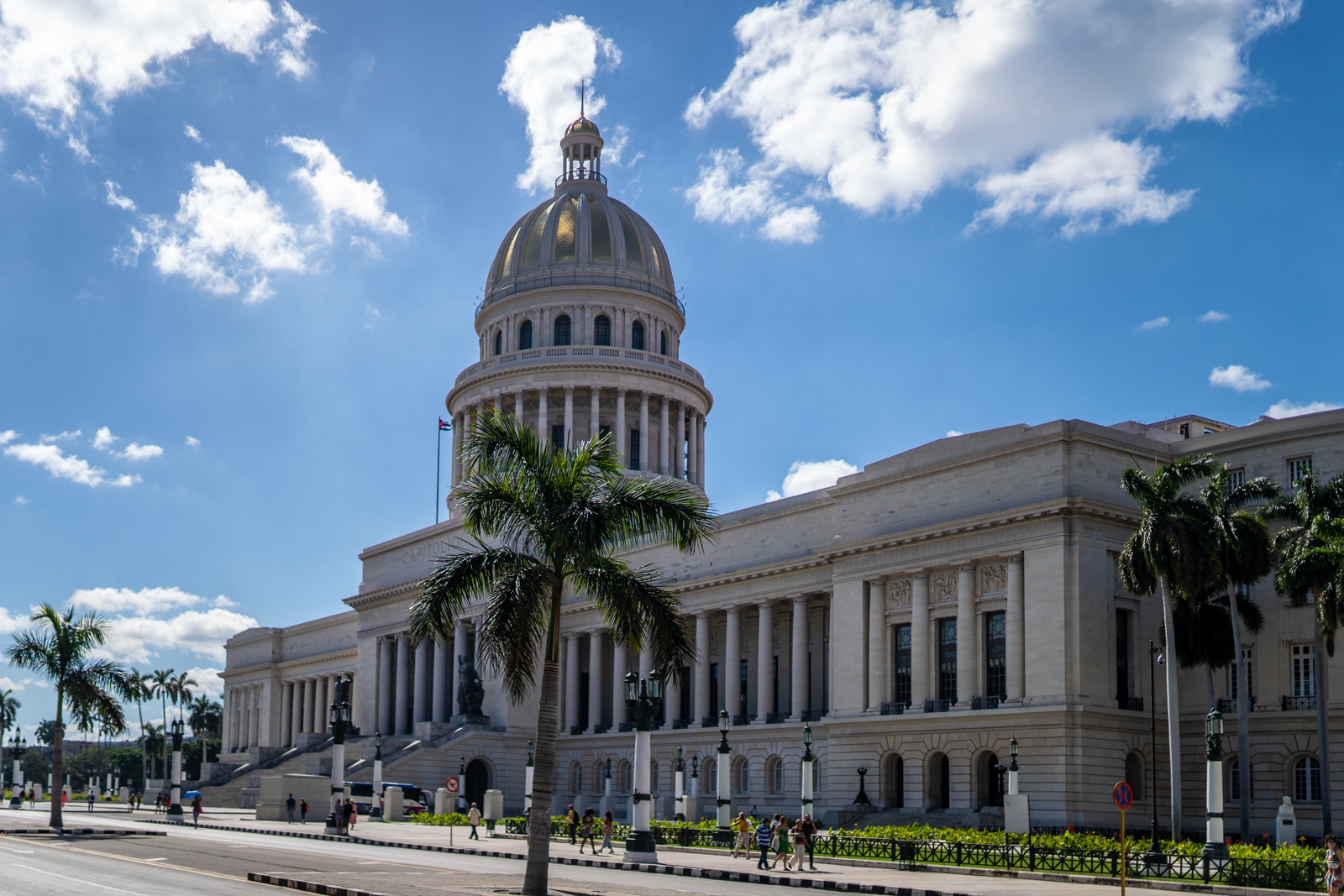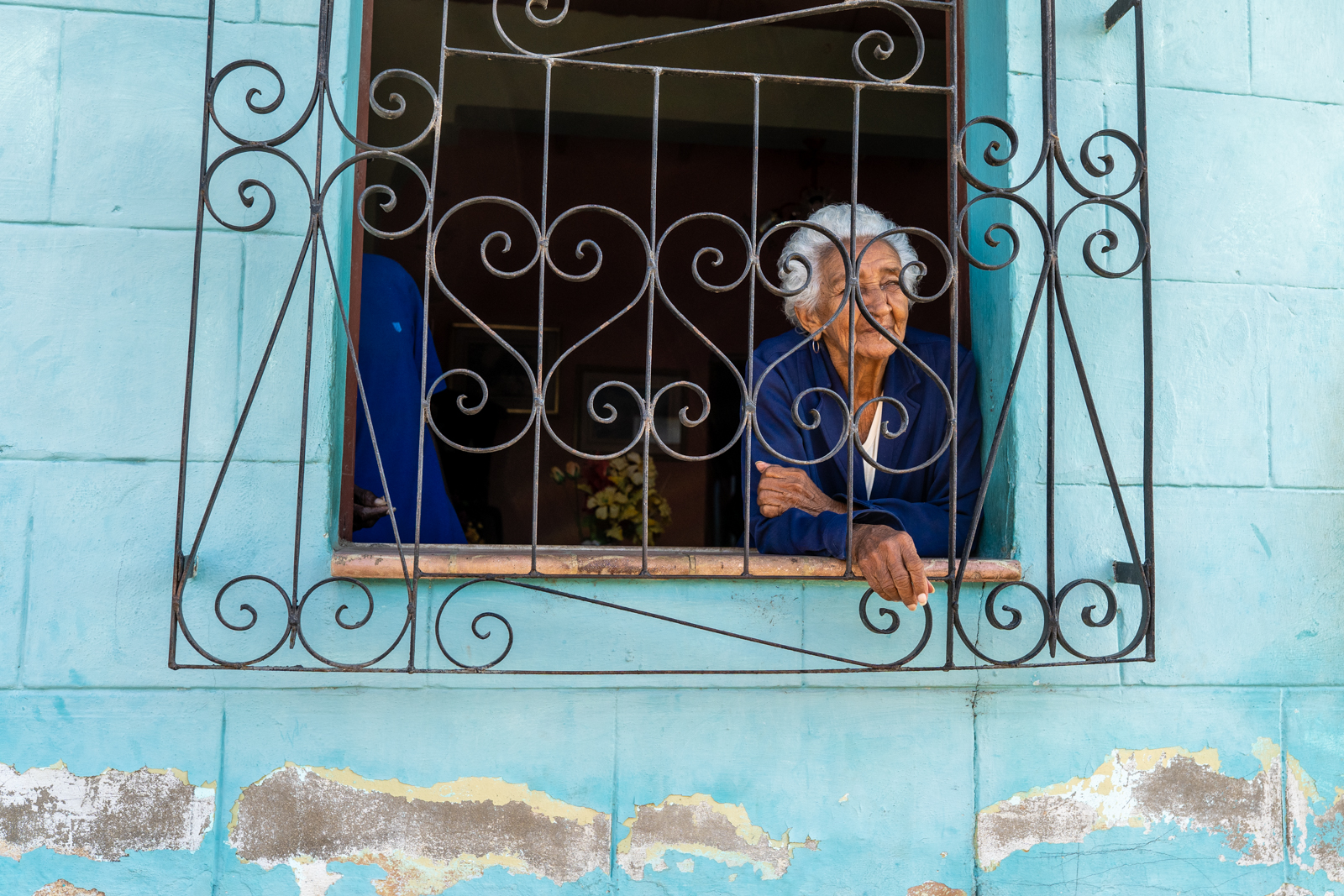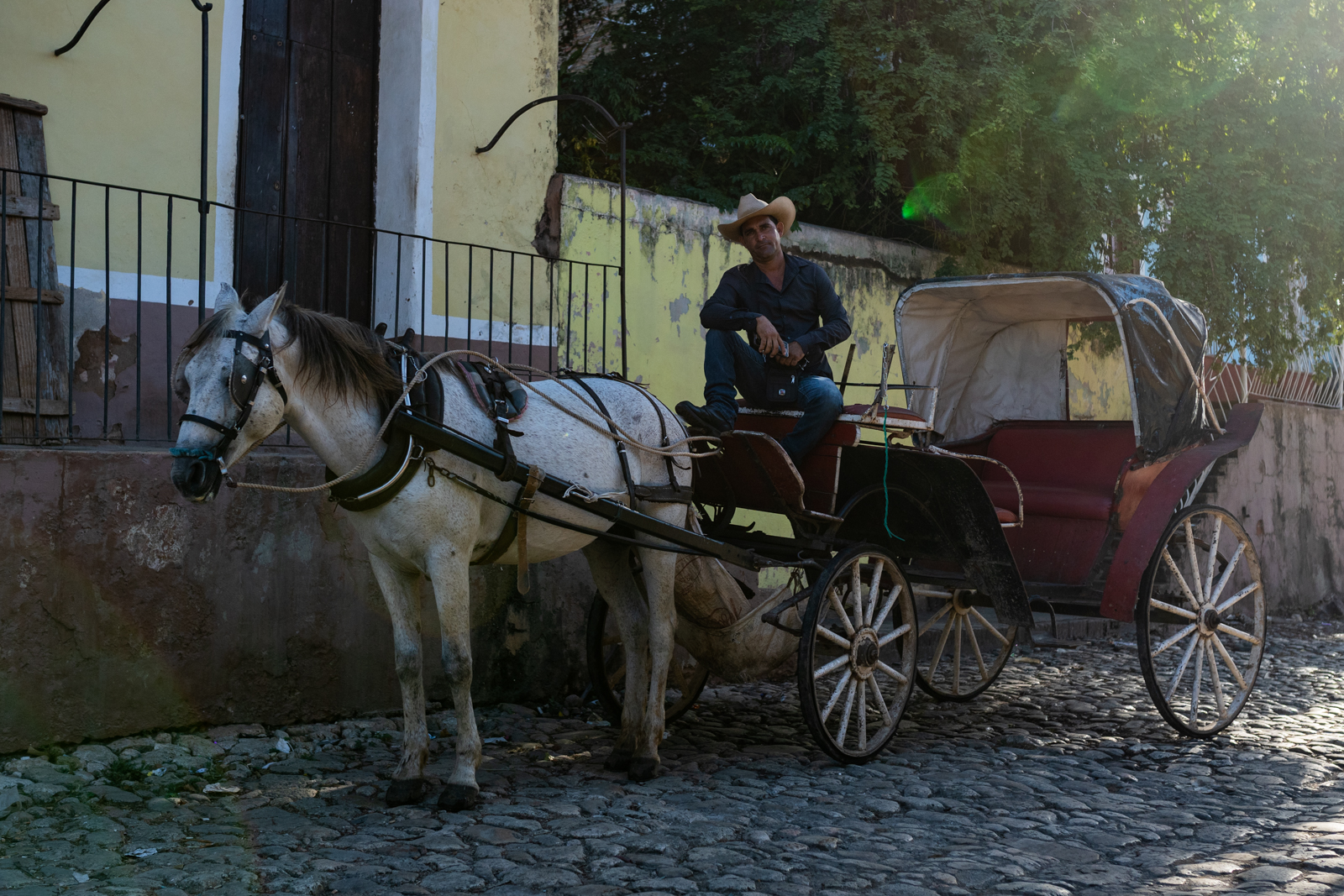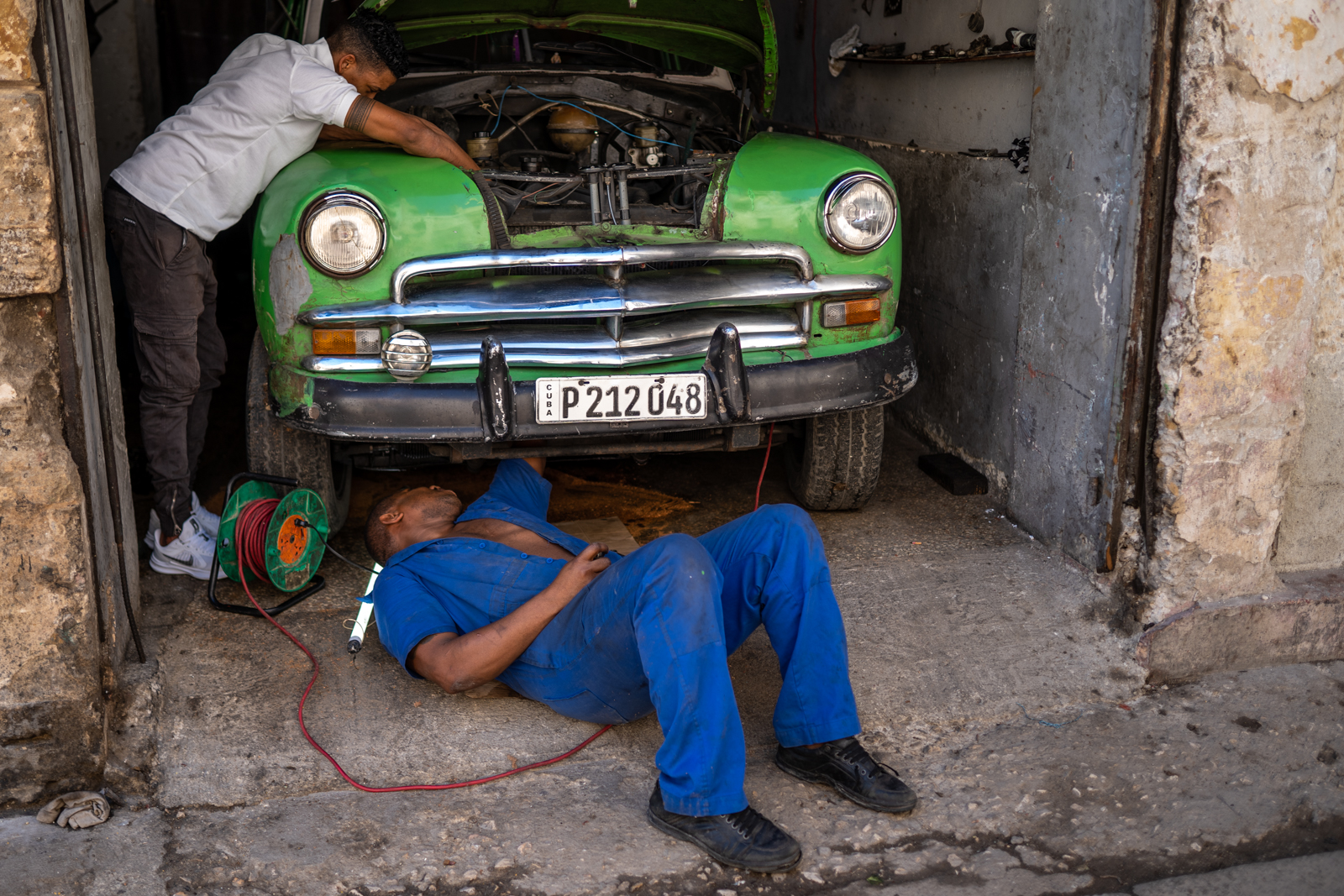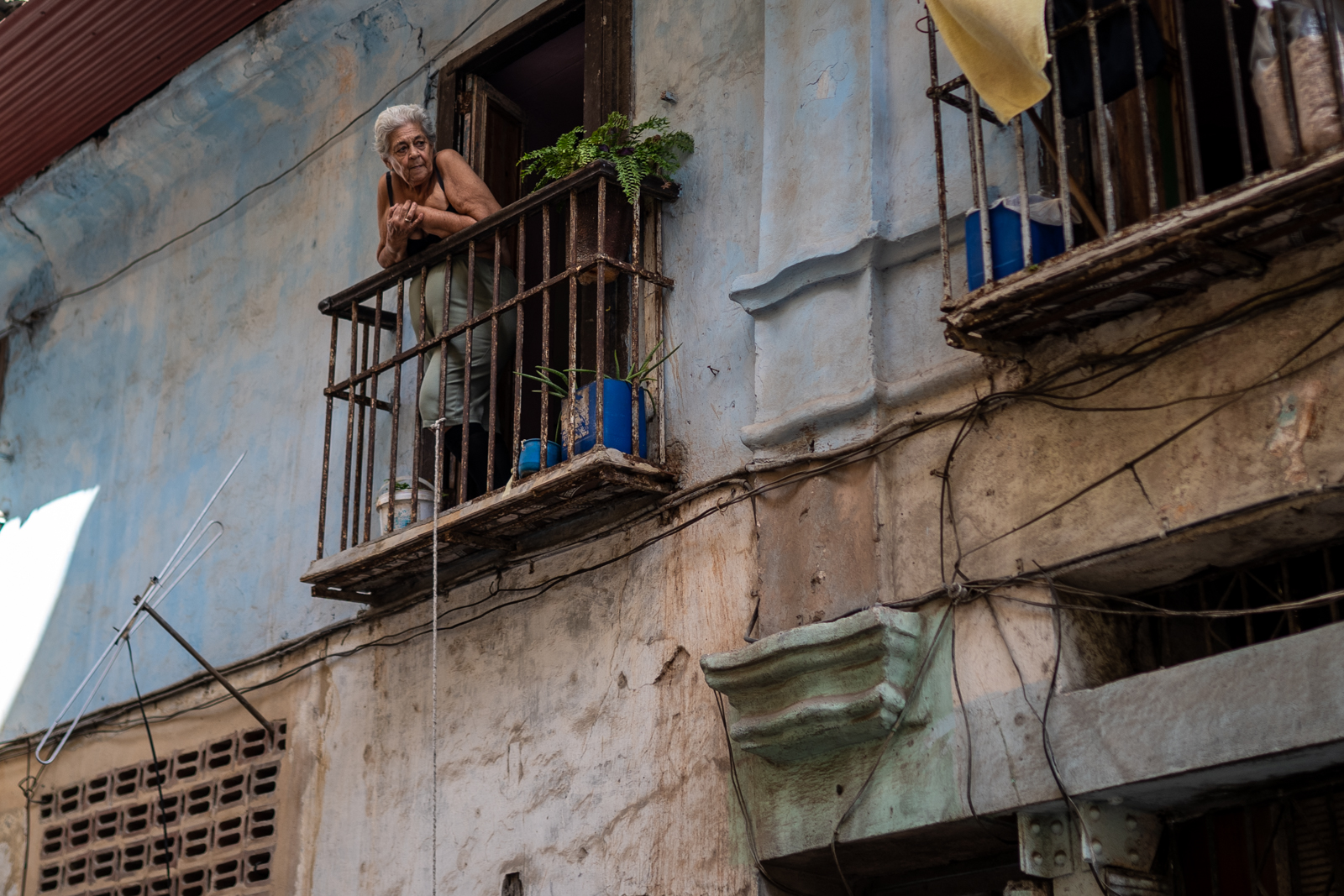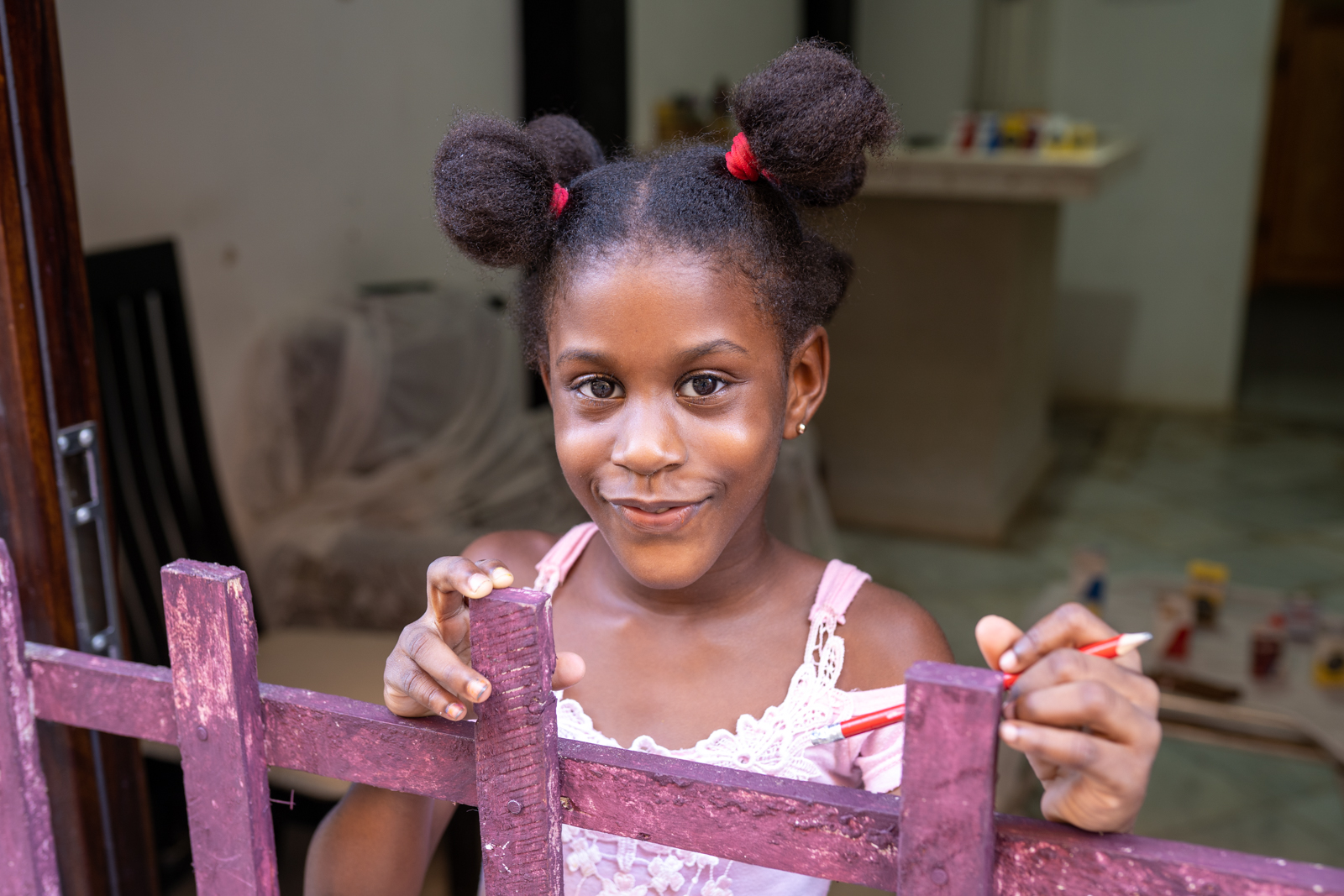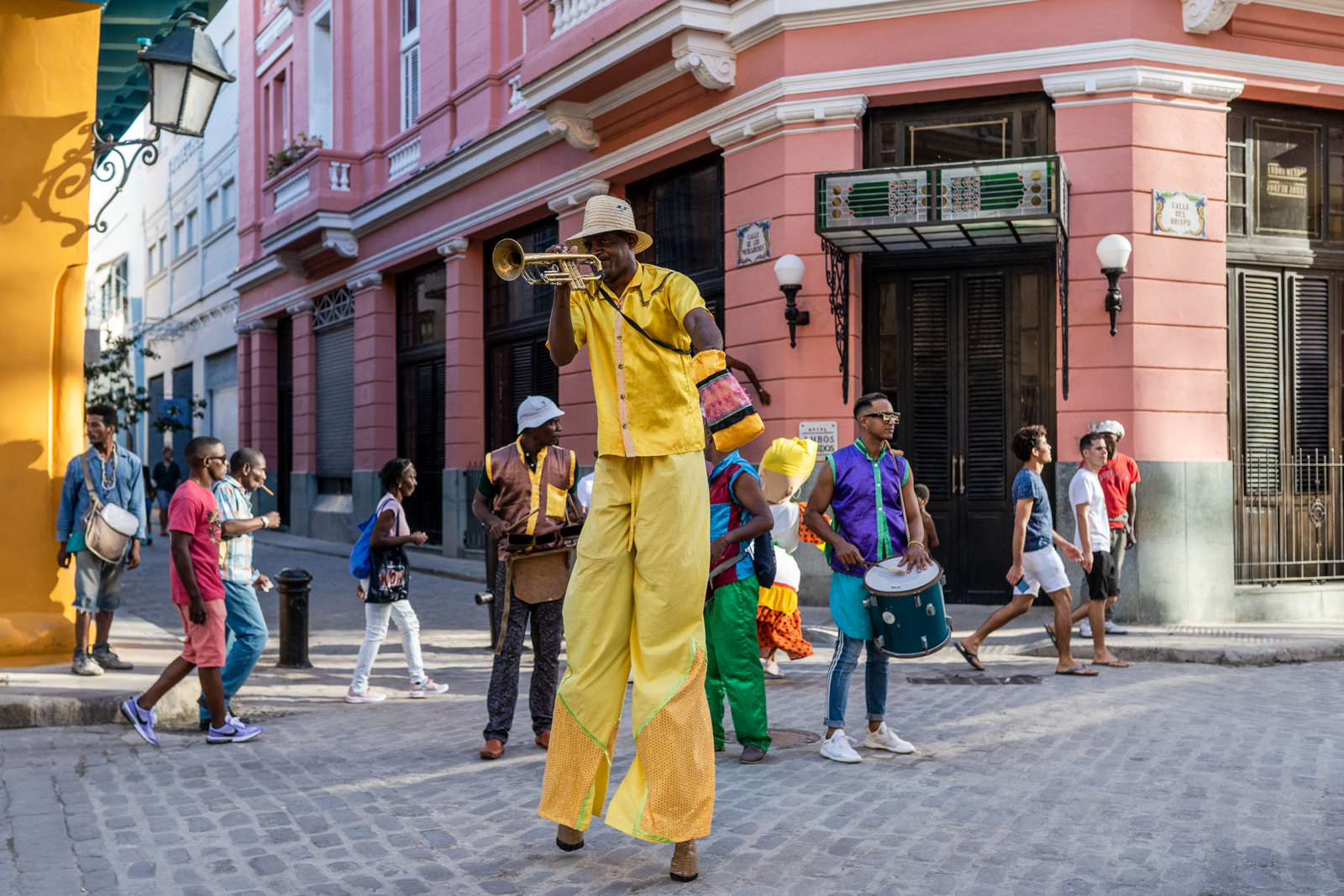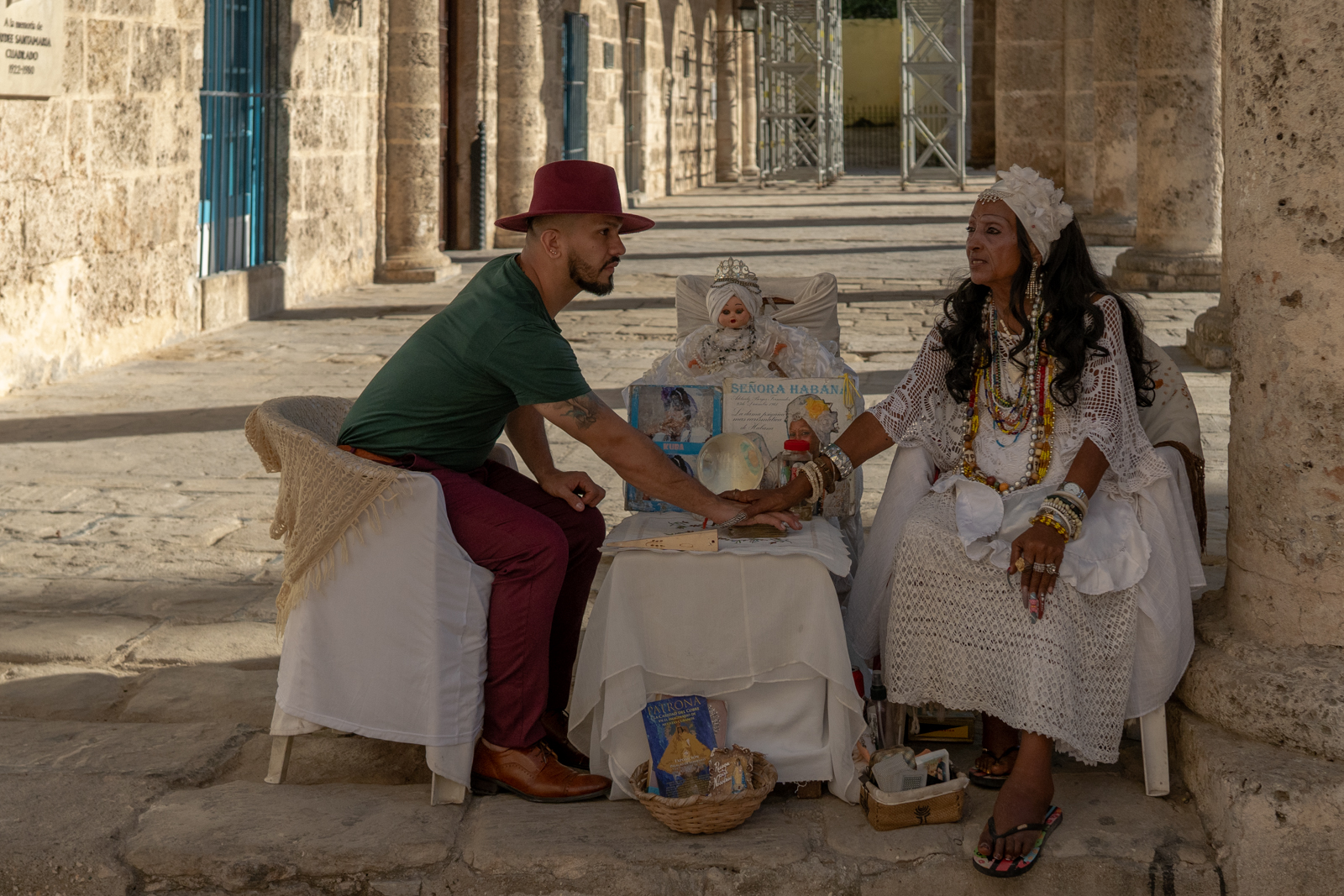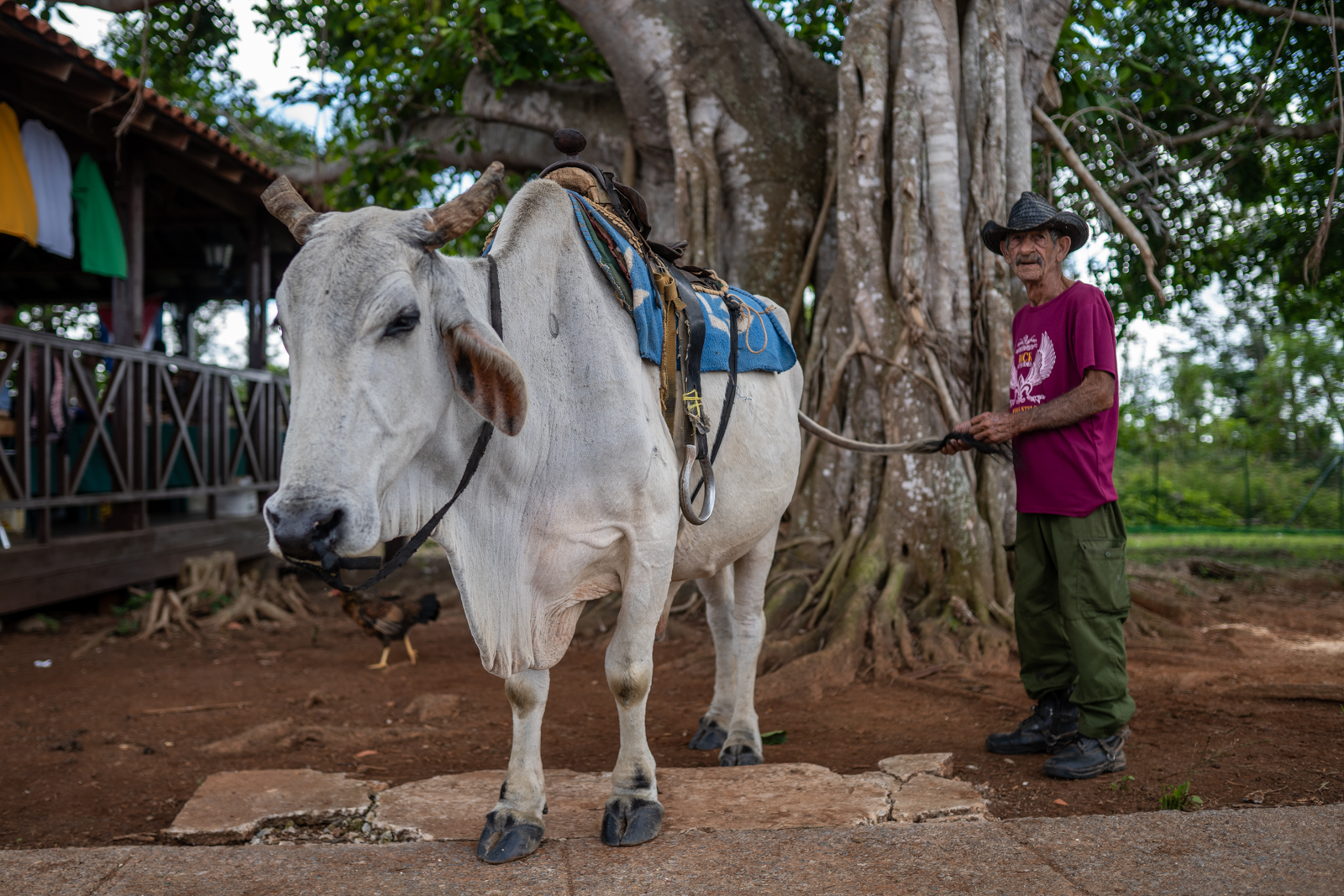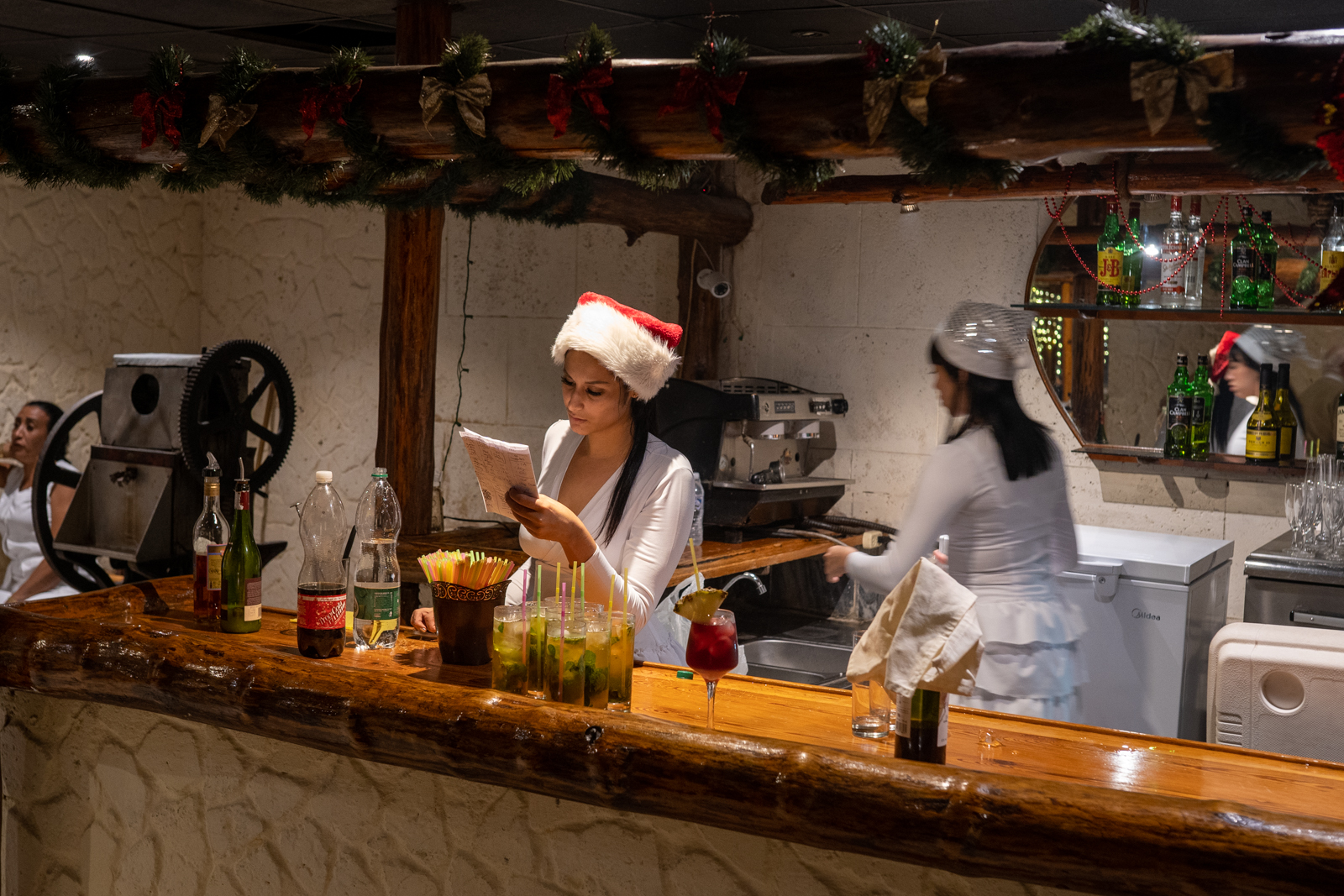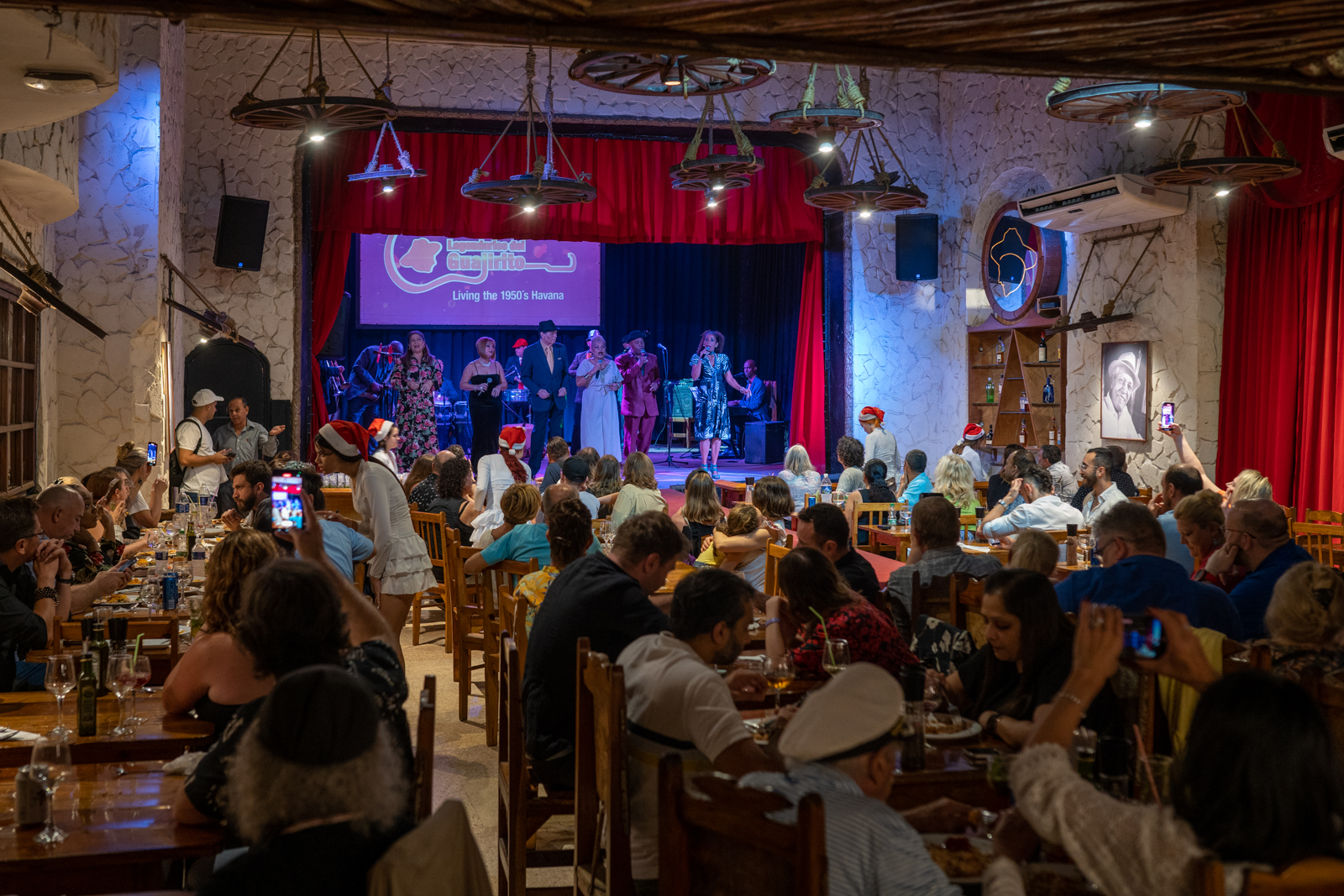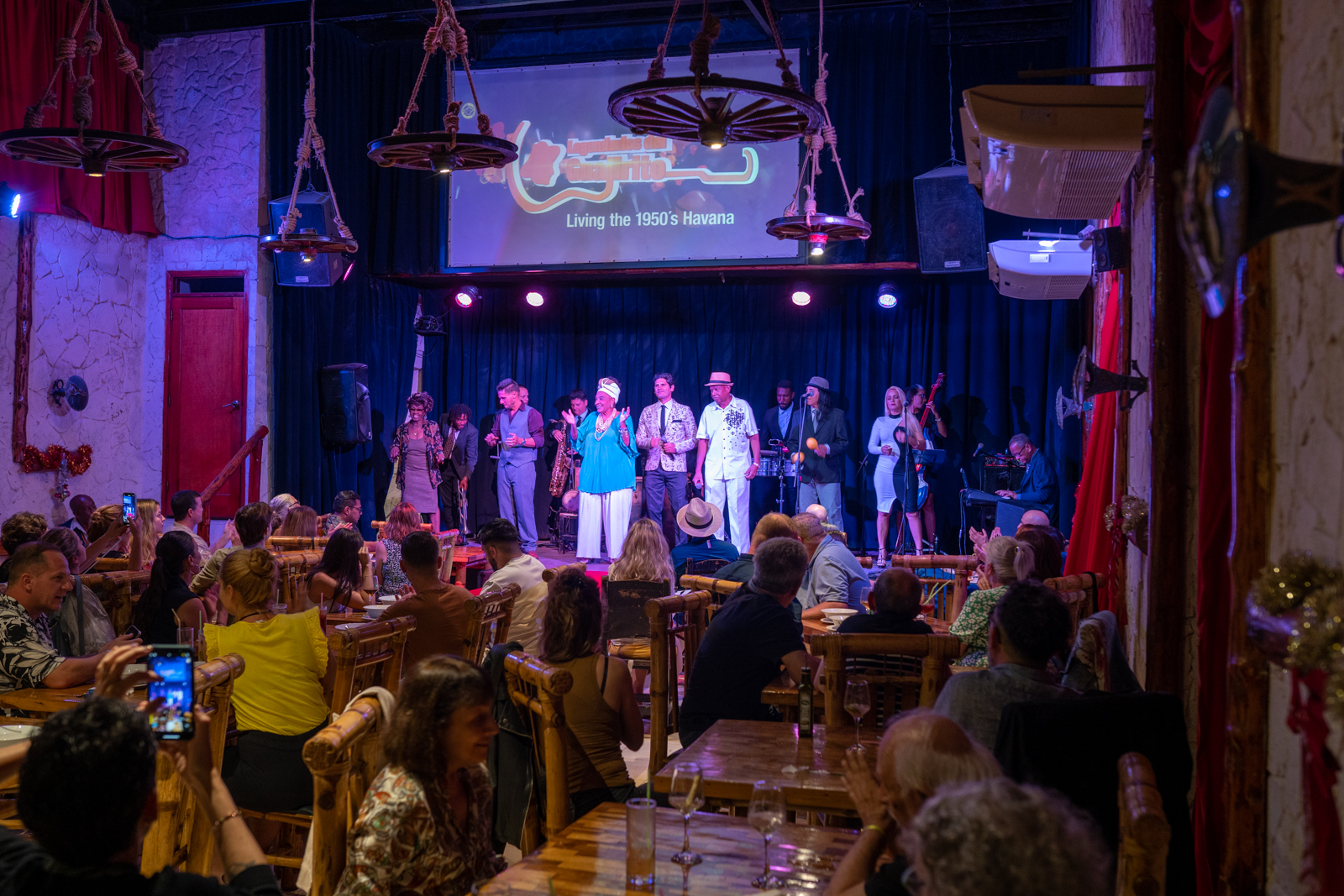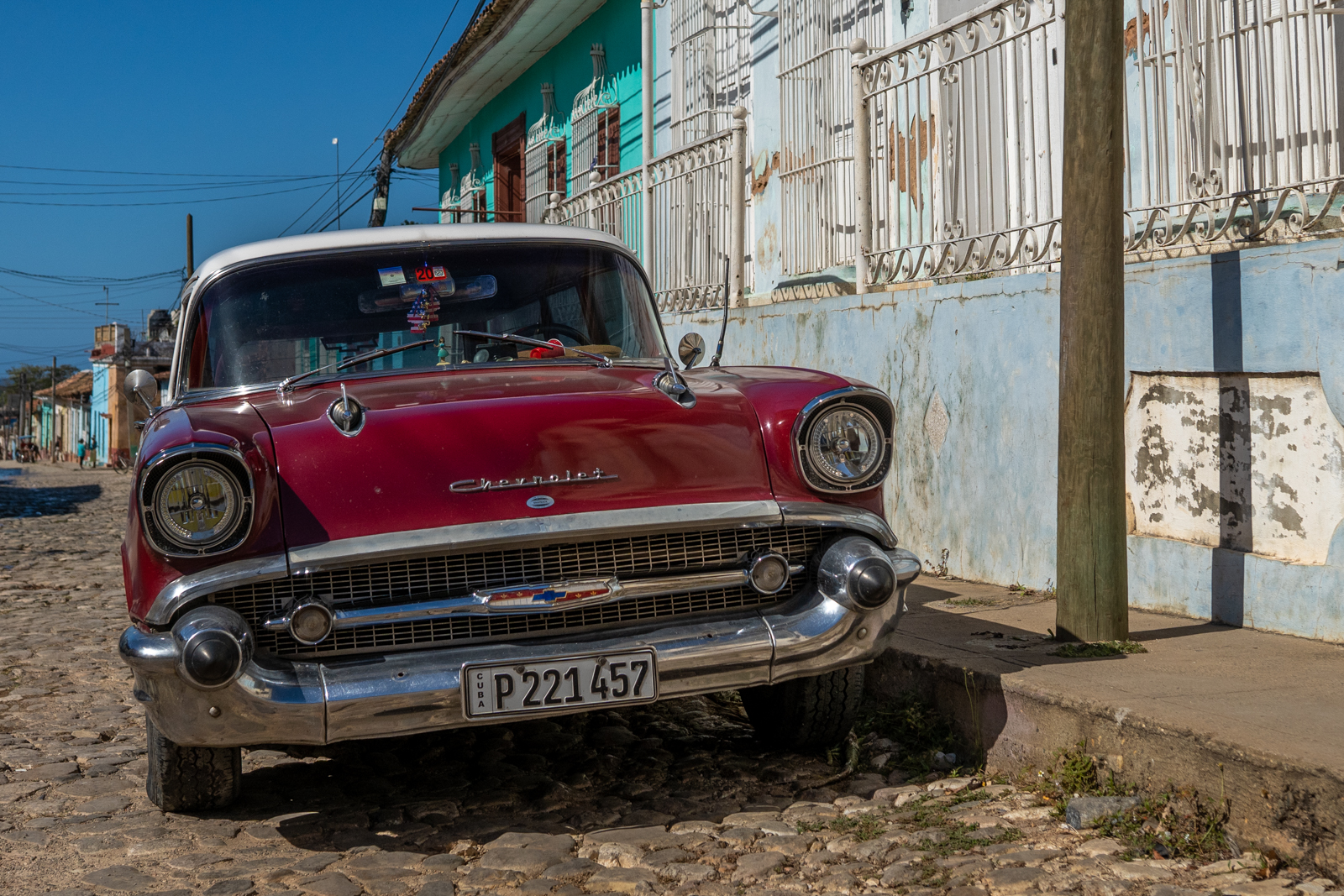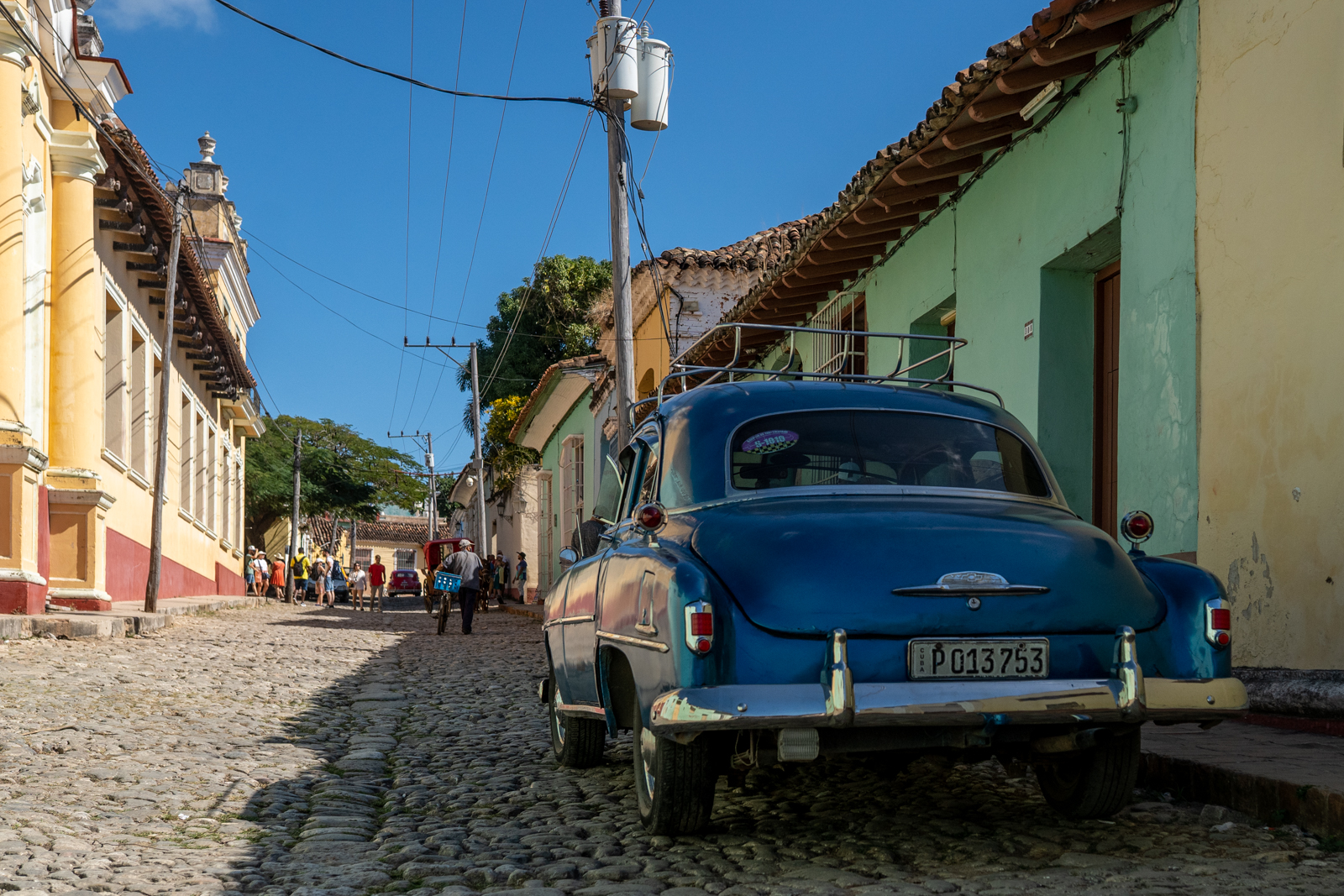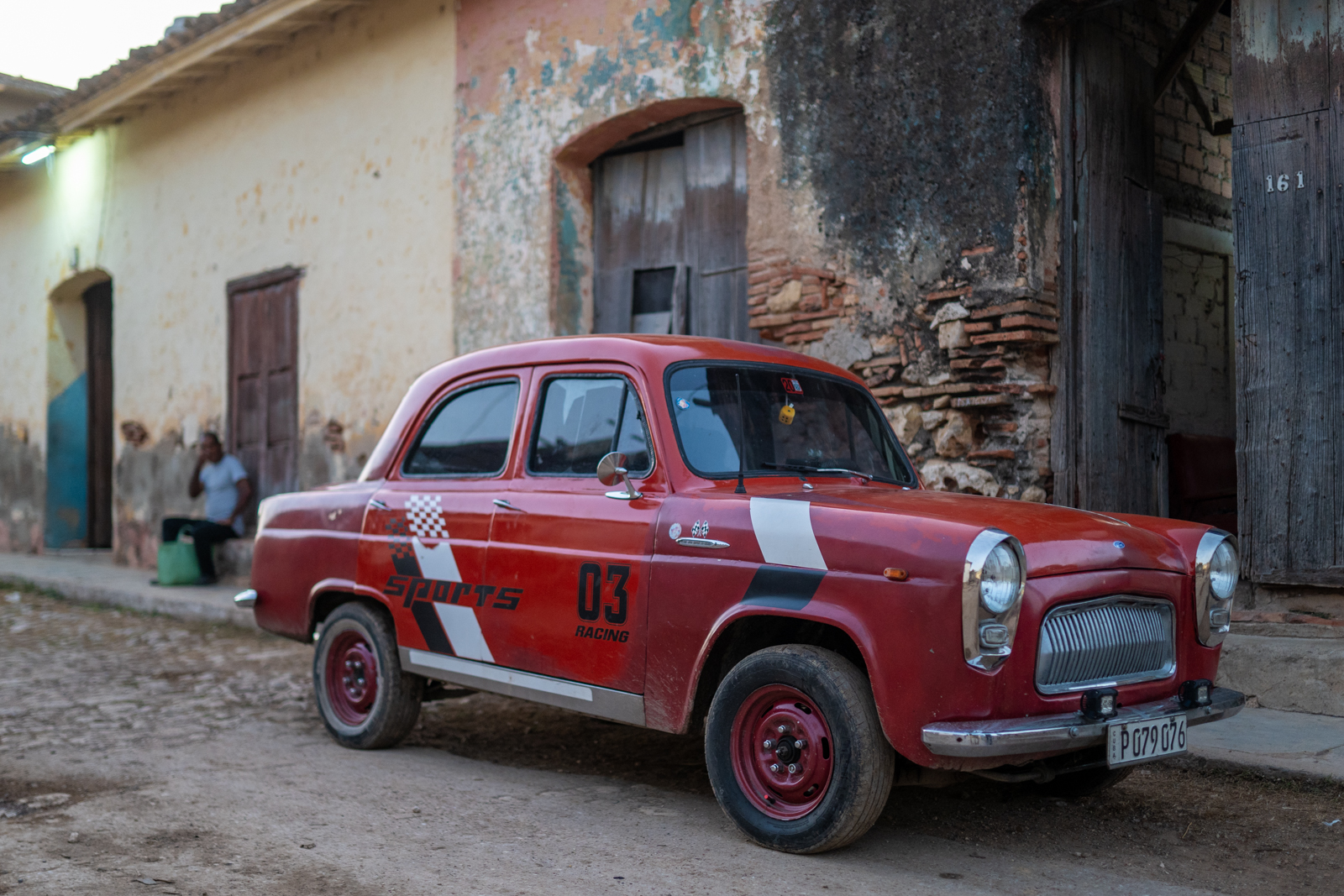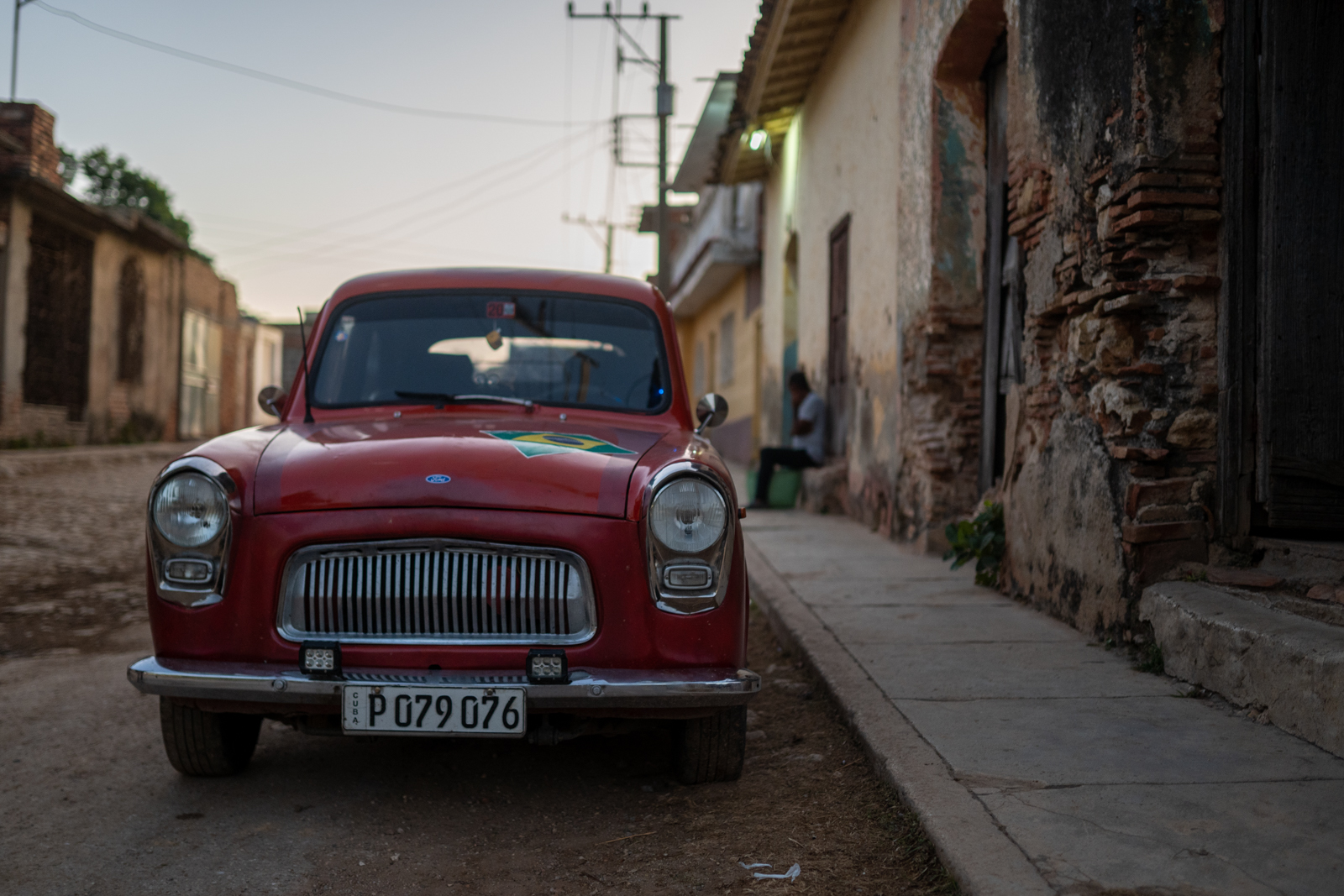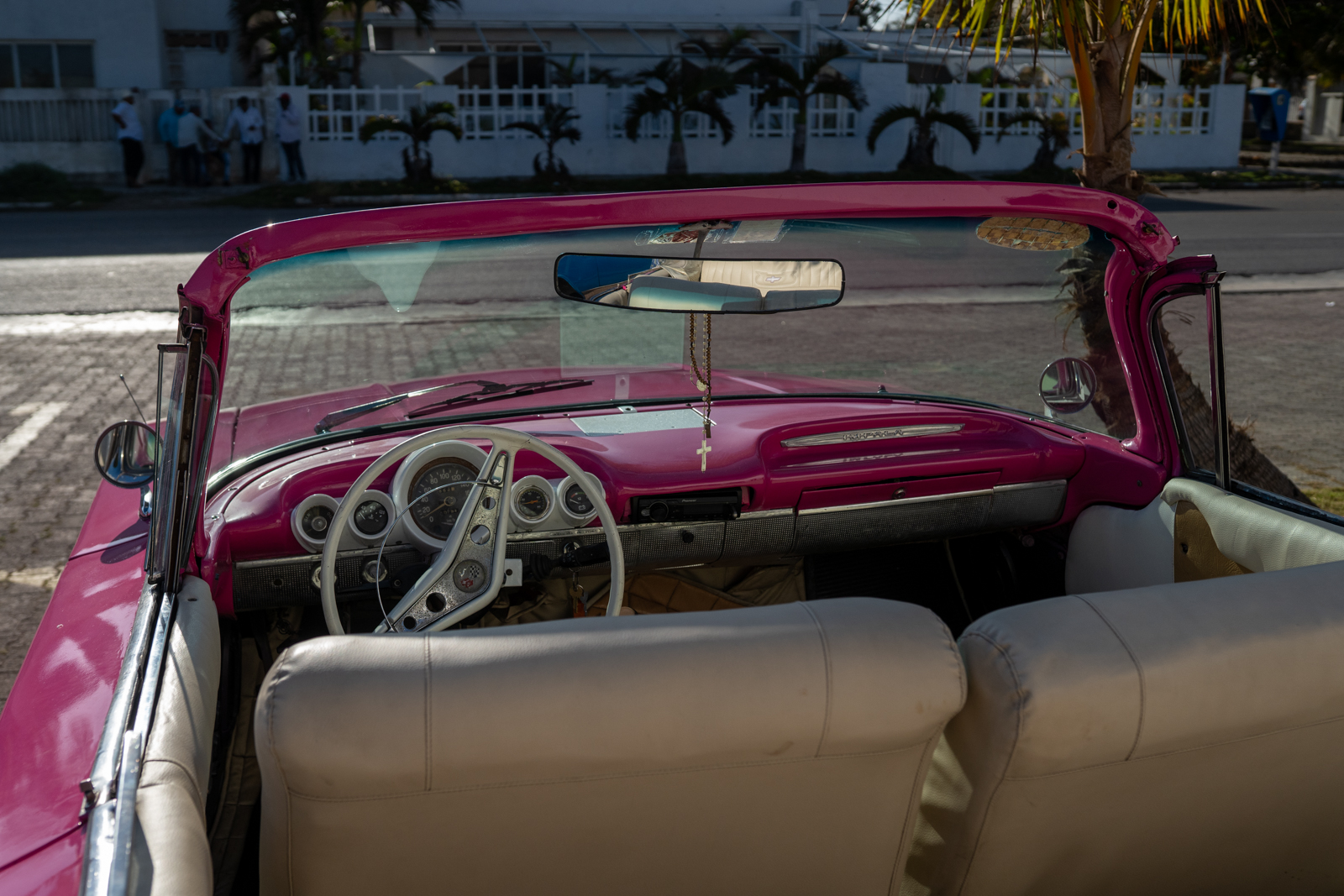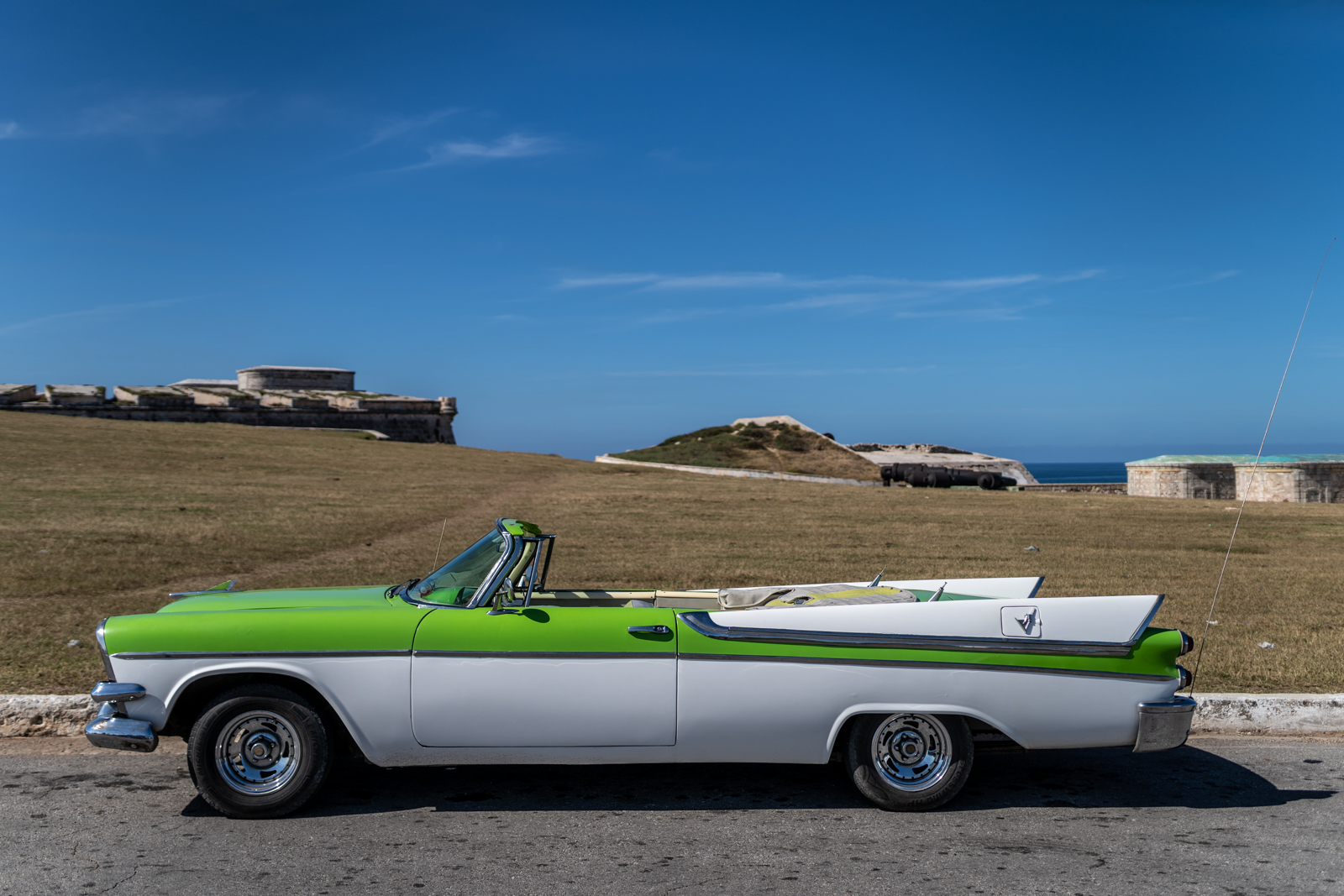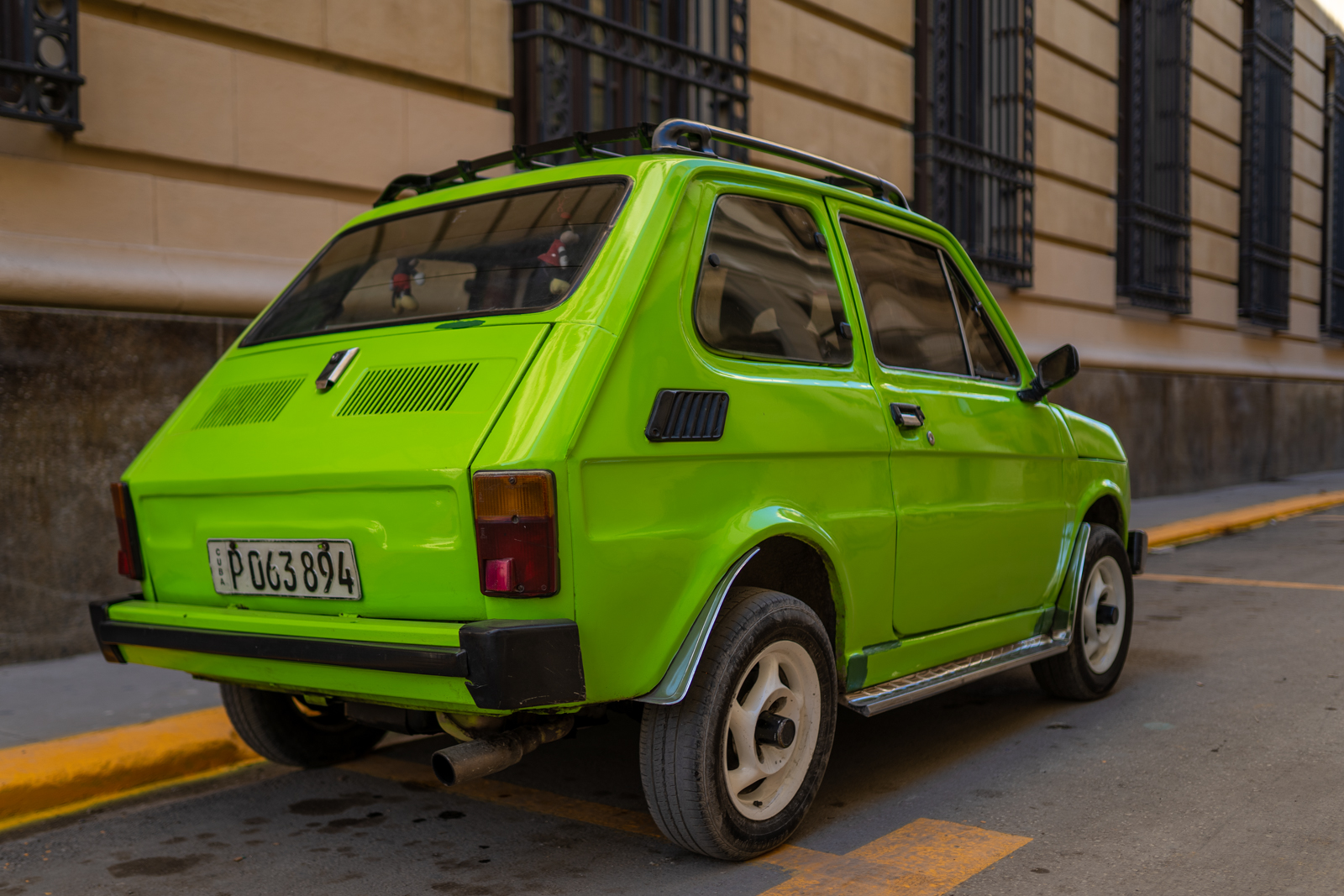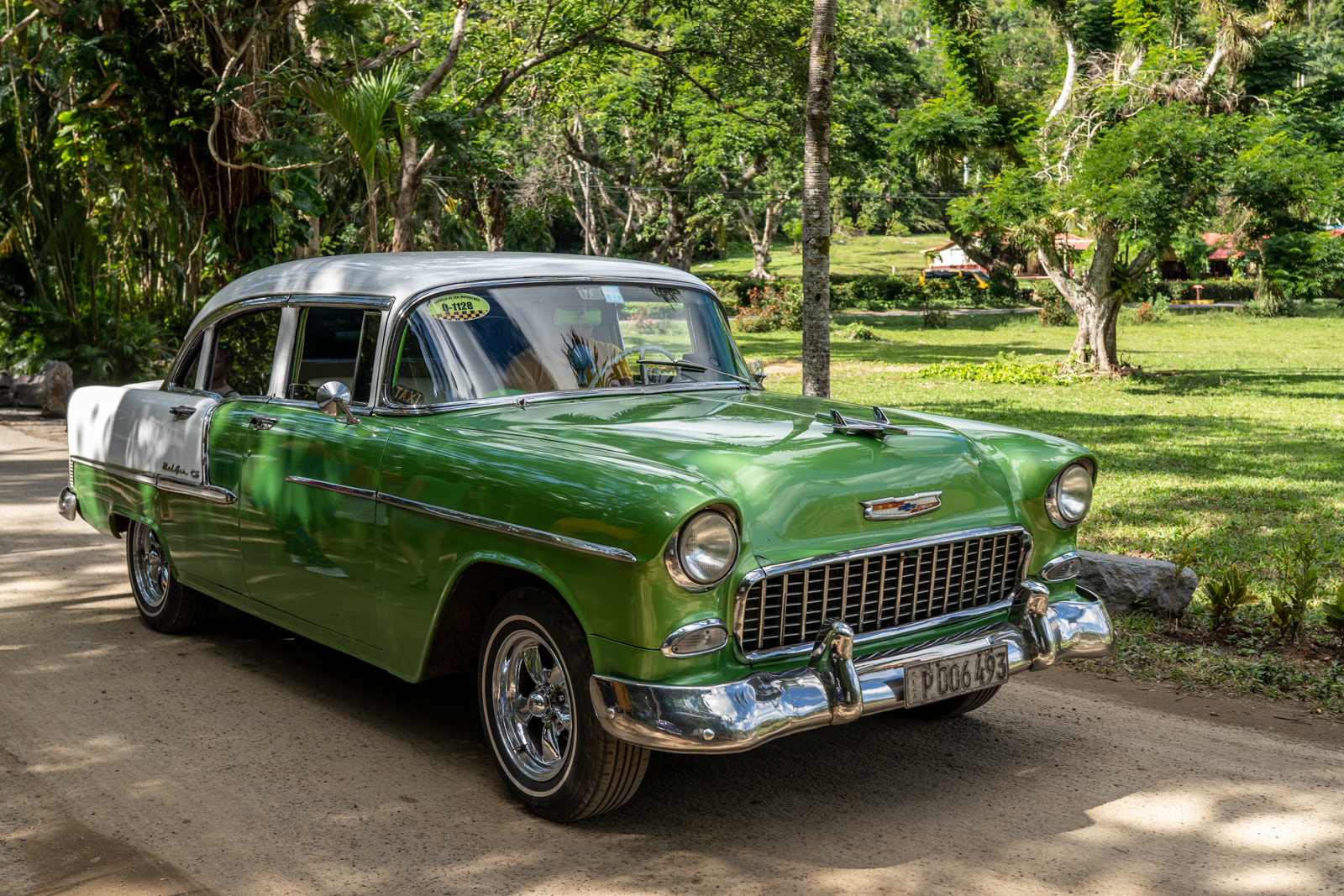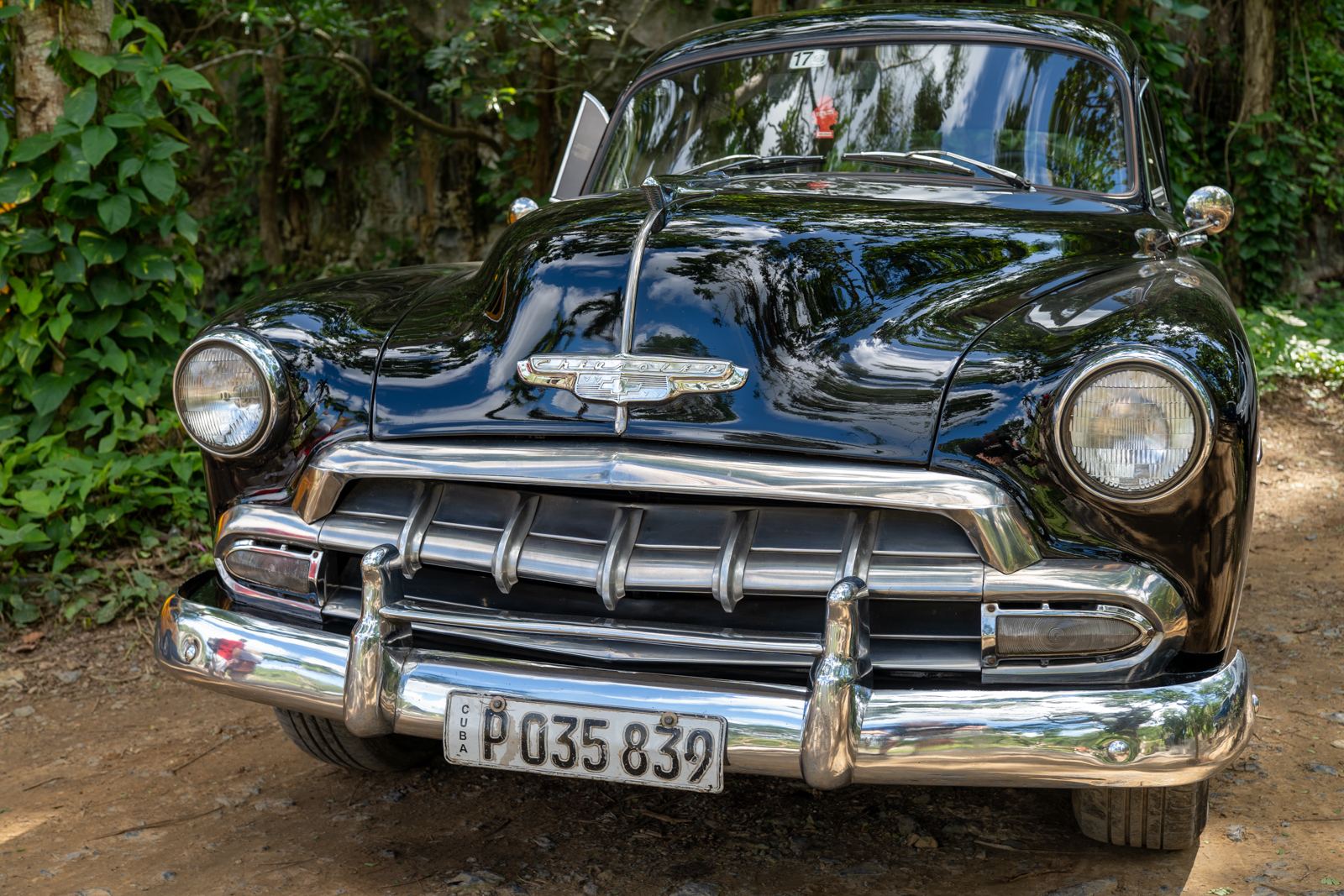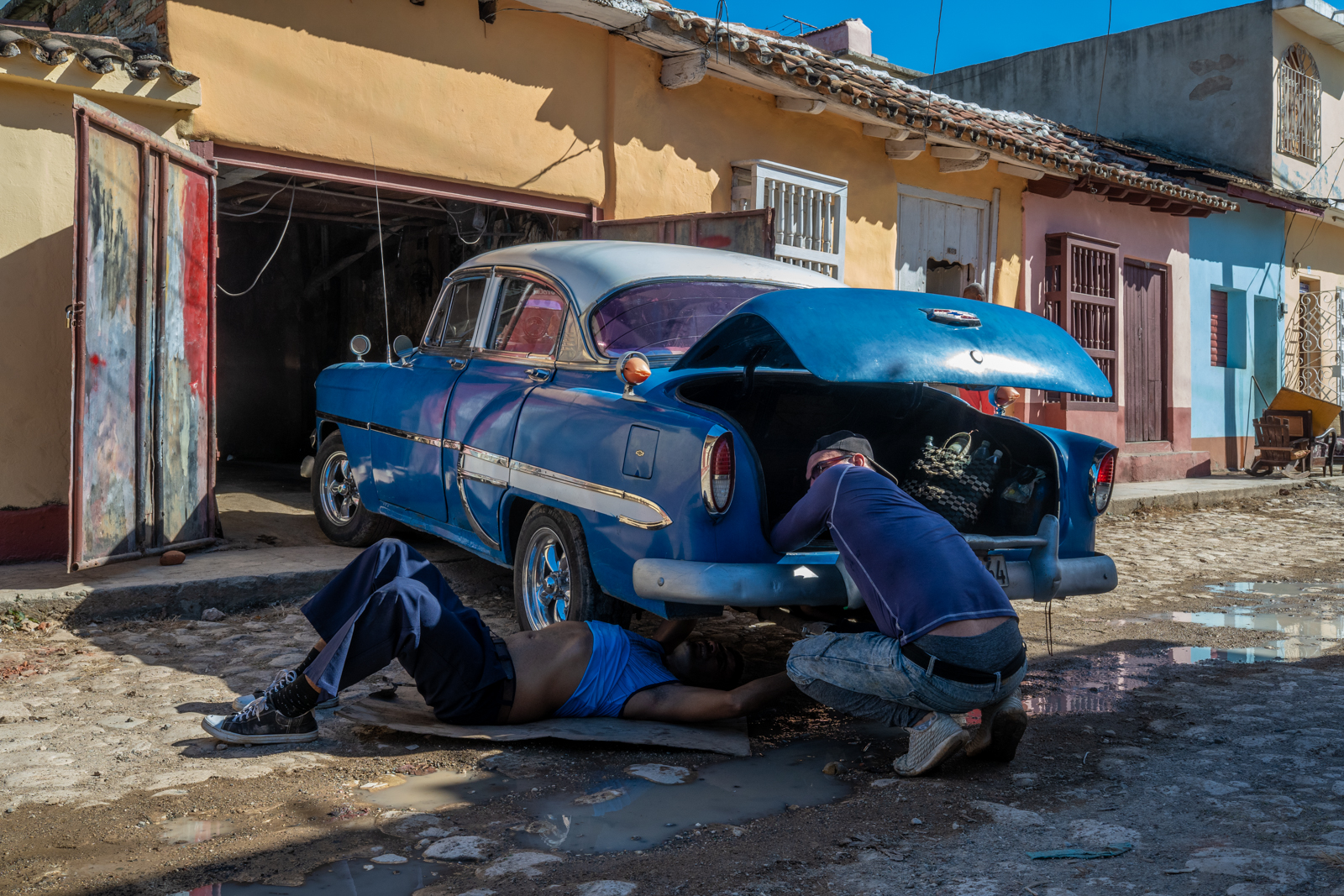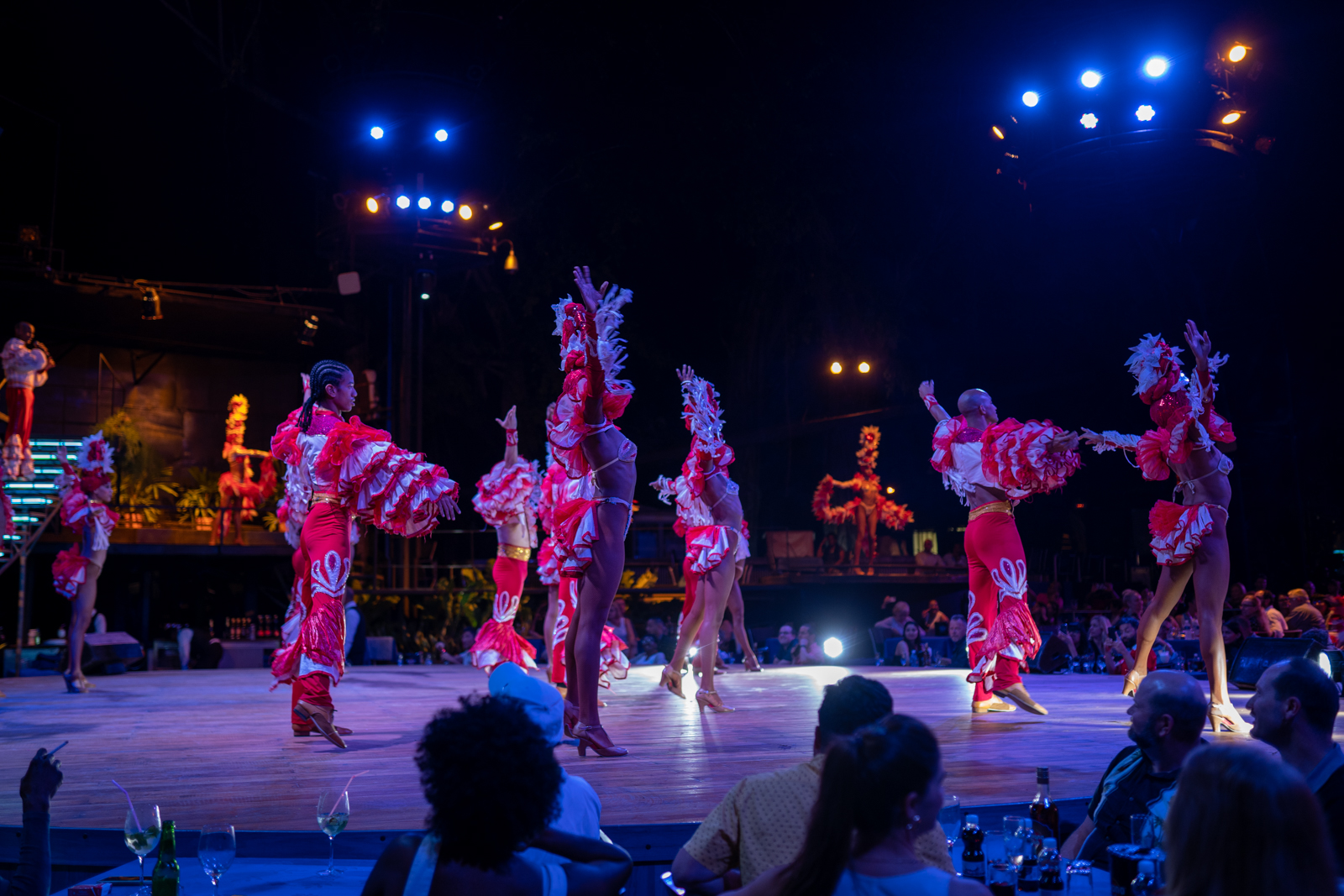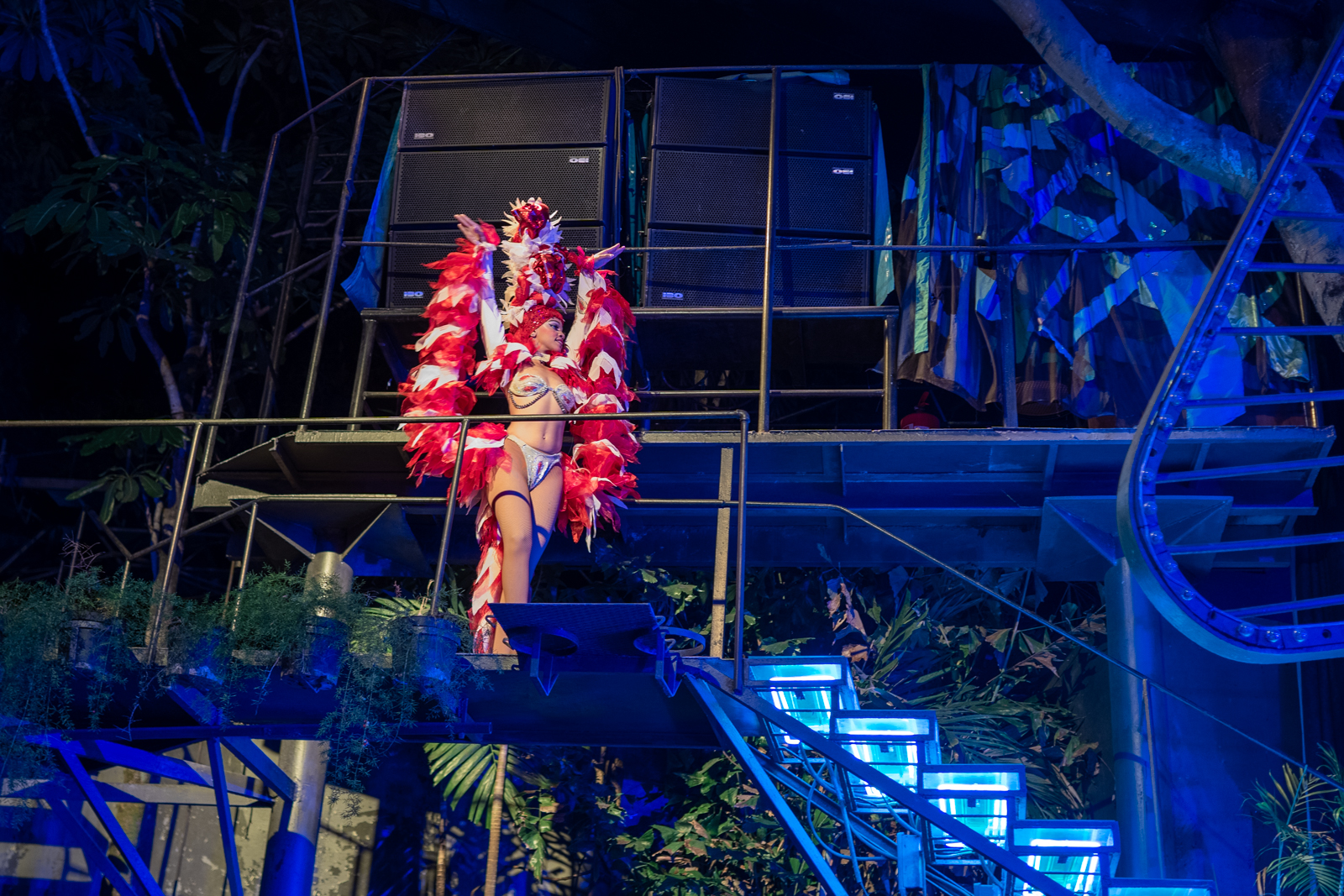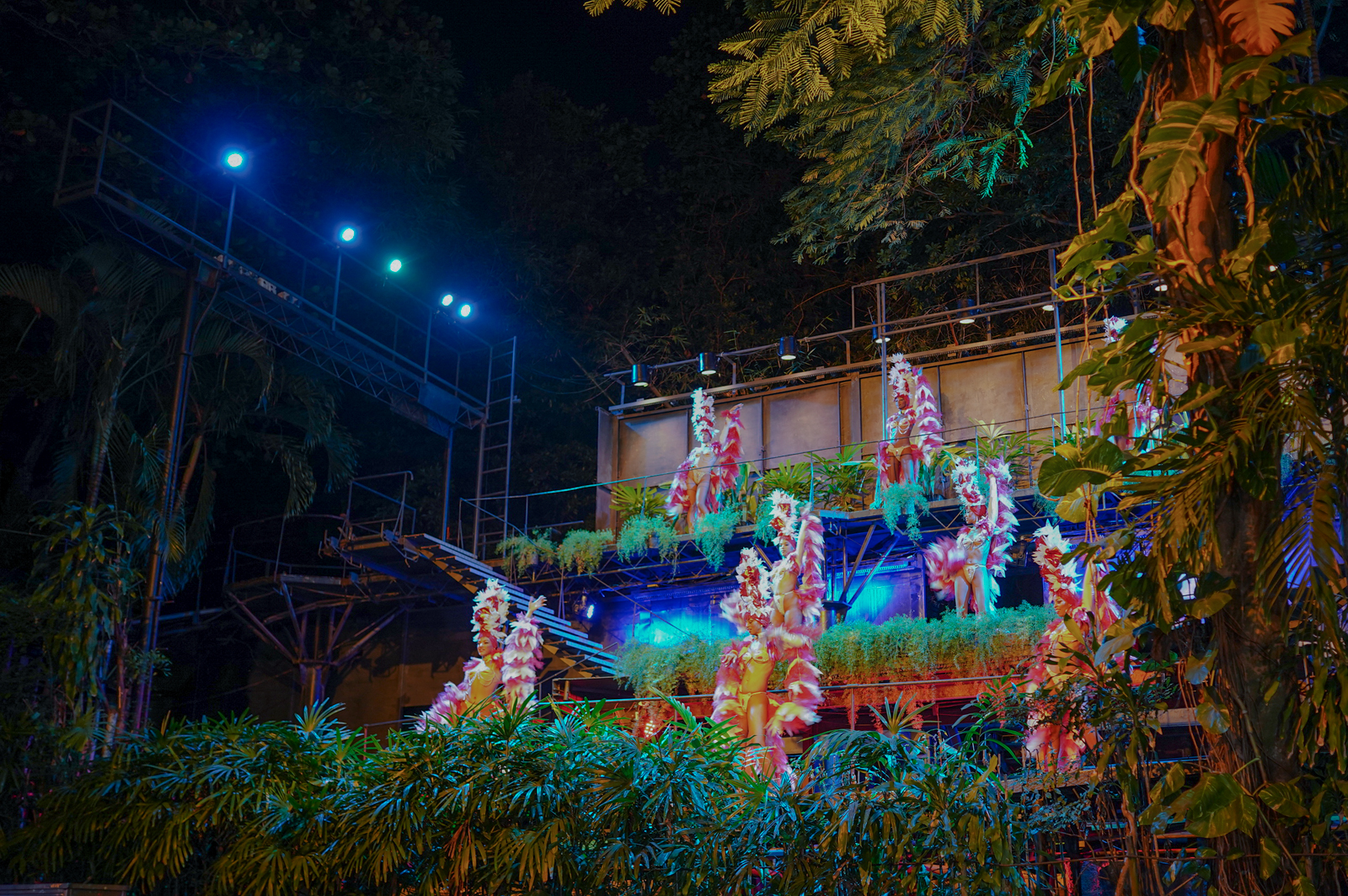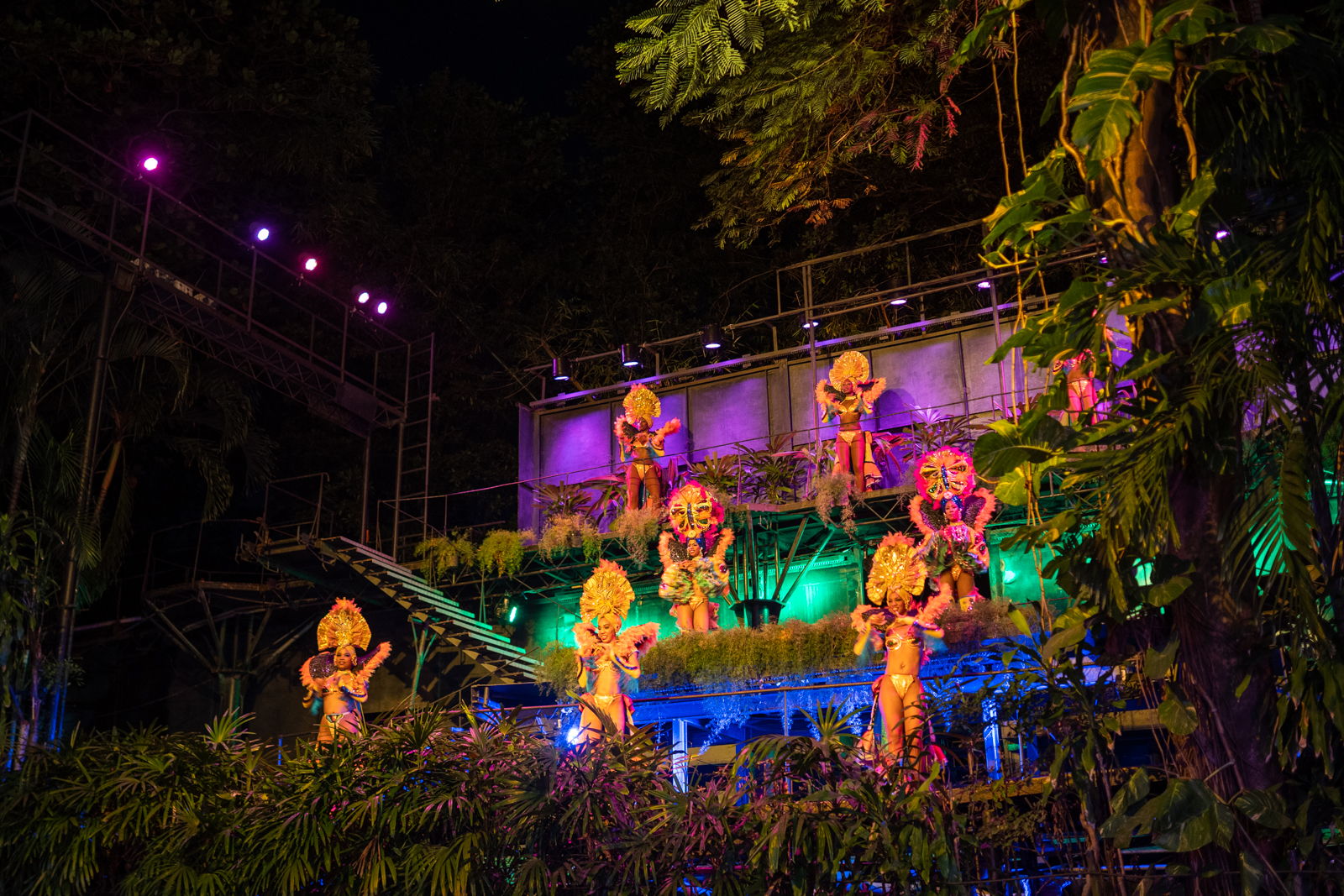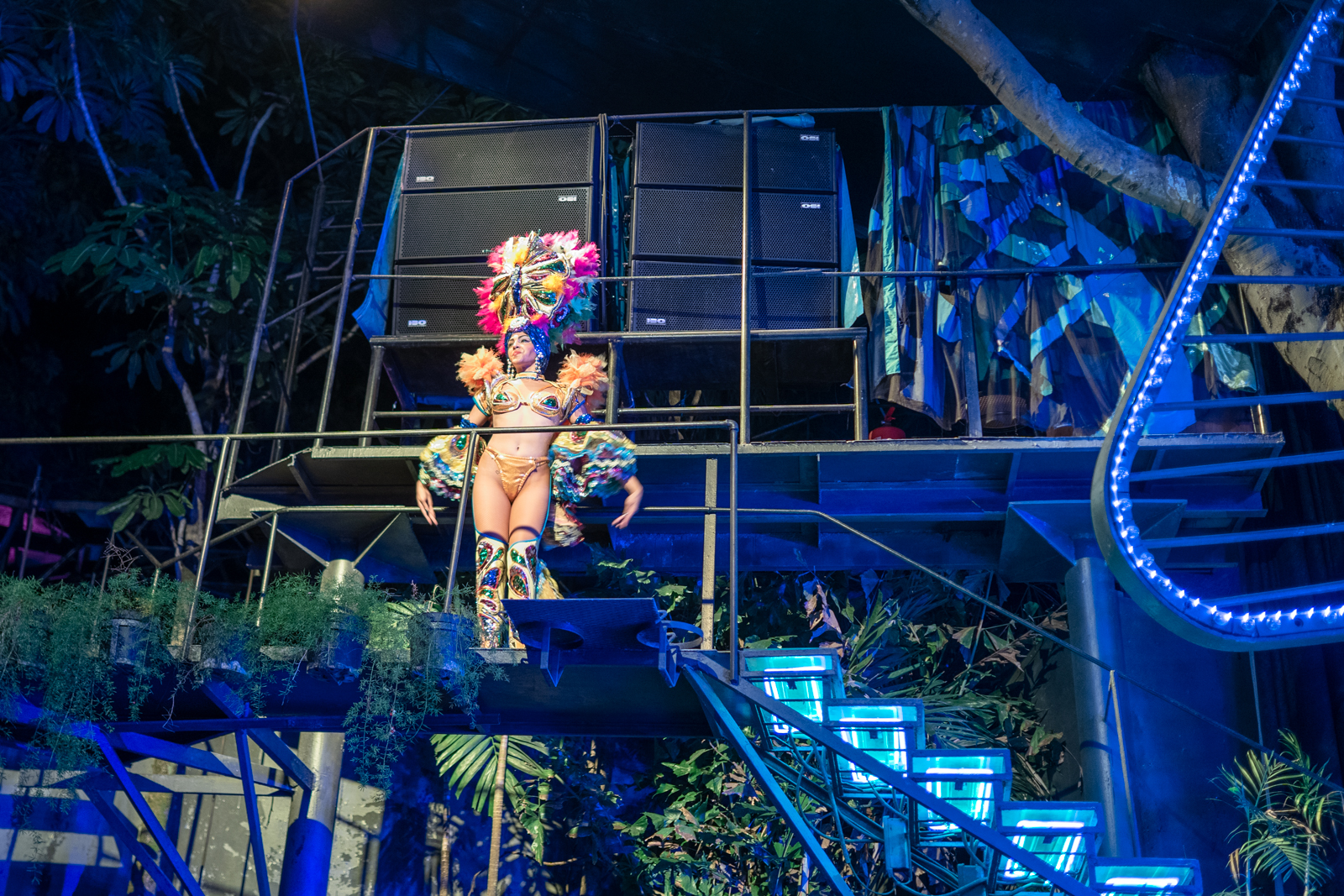Venezuela
Nestled in the heart of South America, Venezuela boasts an array of breathtaking landscapes, diverse ecosystems, and rich cultural heritage that beckon travelers from around the globe. From the awe-inspiring heights of the Andes to the pristine beaches of its Caribbean coastline, Venezuela offers a tapestry of experiences for adventurous souls and culture enthusiasts alike. In this essay, we’ll delve into some of the most attractive tourist destinations that showcase the country’s natural wonders and cultural treasures.
Salto Angel: known also as Angel Falls, is the world’s highest uninterrupted waterfall, located in Venezuela. It cascades from the summit of Auyán-tepui in Canaima National Park. The falls are named after Jimmy Angel, an American aviator who famously crash-landed his plane on top of Auyán-tepui in 1933, leading to the discovery of the falls to the outside world. With a height of over 3,200 feet (979 meters) and a plunge of 2,648 feet (807 meters), Angel Falls is a breathtaking natural wonder and a major tourist attraction in Venezuela. The falls are surrounded by dense tropical rainforest and dramatic cliffs, creating a stunning and remote landscape that attracts adventurers and nature lovers from around the world. Visiting Angel Falls typically involves a journey by boat and hiking through the wilderness of Canaima National Park, offering visitors the opportunity to immerse themselves in the pristine beauty of the Venezuelan jungle while marveling at the majestic sight of the falls. It’s a bucket-list destination for many travelers seeking to experience the awe-inspiring power and beauty of nature.
Orinoco Delta: Immerse yourself in the untamed beauty of the Orinoco Delta, a vast expanse of mangrove forests, winding waterways, and indigenous communities that offer a glimpse into traditional Venezuelan culture. Travelers can navigate the labyrinthine channels by dugout canoe, encountering diverse wildlife such as pink river dolphins, howler monkeys, and exotic birds along the way. Cultural experiences abound as visitors interact with local Warao communities, learning about their customs, crafts, and ancestral way of life. Whether camping under the stars, fishing for piranhas, or simply soaking in the serenity of this pristine wilderness, the Orinoco Delta promises an unforgettable adventure off the beaten path.
Indigenous Culture: Canaima National Park is not only a haven for biodiversity but also a living museum of indigenous culture and traditions. The Pemon people, who have inhabited this land for centuries, maintain a deep spiritual connection to the natural world, viewing the tepuis as sacred guardians of their ancestral homeland. Visitors have the opportunity to immerse themselves in Pemon culture, participating in traditional ceremonies, learning about medicinal plants, and sharing stories around the campfire. Through interactions with local guides and community members, travelers gain insight into a way of life that is both ancient and enduring, fostering a deeper appreciation for the symbiotic relationship between humans and nature.
Margarita Island: Nestled in the sparkling waters of the Caribbean Sea, Margarita Island stands as a jewel of Venezuela’s tourism crown. Known for its pristine beaches, vibrant culture, and rich history, Margarita Island, or Isla de Margarita, beckons travelers seeking sun, sand, and a taste of island life. In this essay, we’ll embark on a virtual journey to uncover the charms and attractions of this captivating destination
Caracas: the vibrant capital city of Venezuela, offers a rich tapestry of cultural, historical, and culinary experiences for tourists eager to explore its many attractions. While the city has faced challenges in recent years, its charm and allure remain undeniable. Let’s delve into some of the key tourist attractions and experiences that make Caracas a unique destination:
